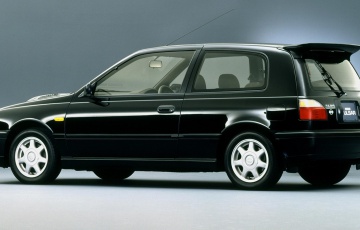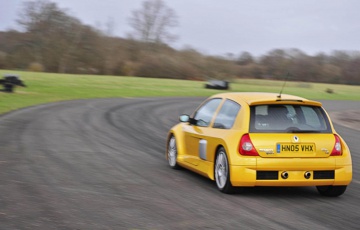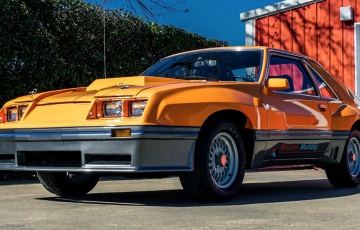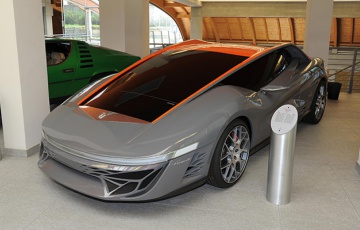We Drive a Fully Restored Classic Fiat 500 Cinquecento : Micro Machine
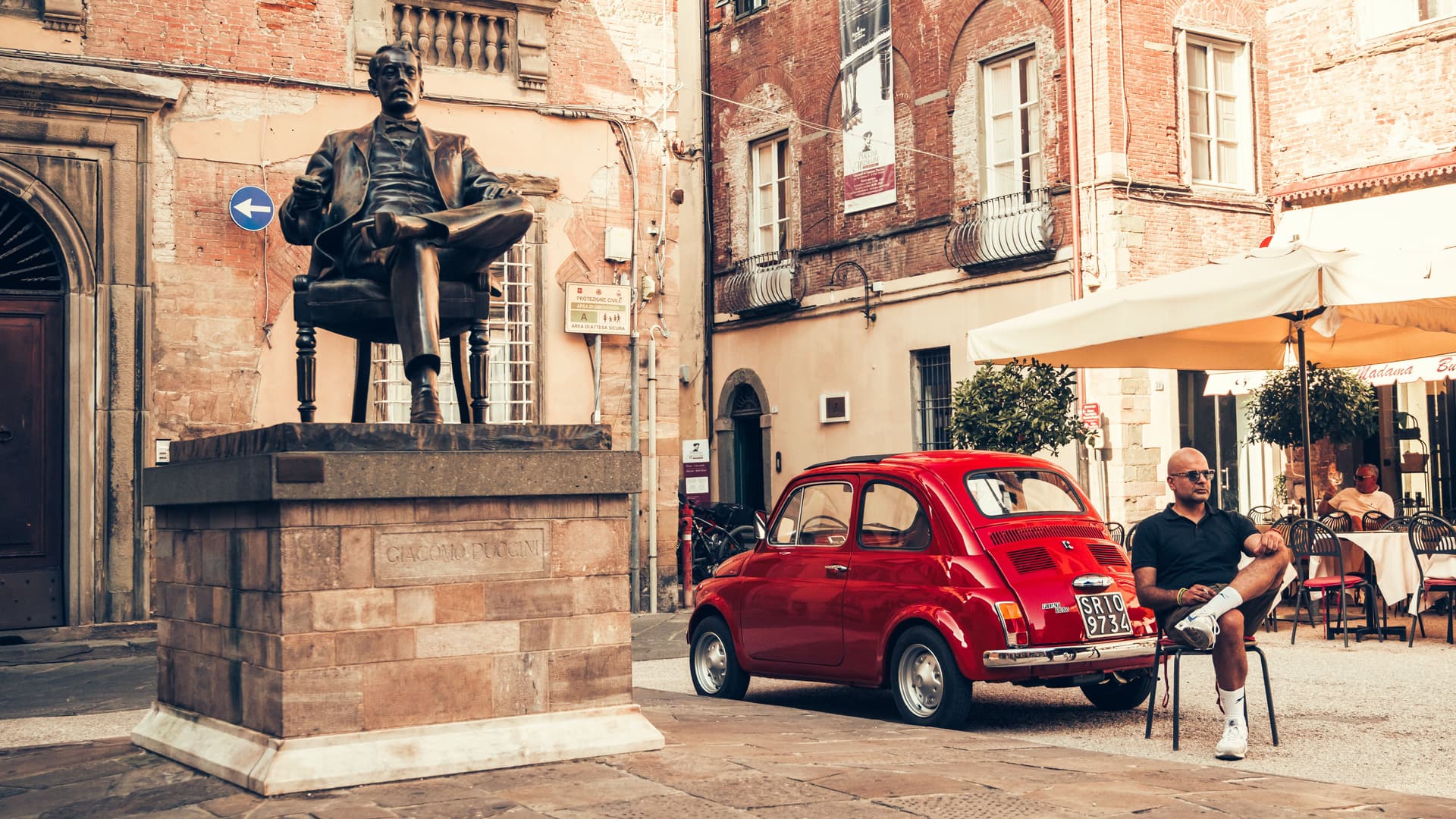
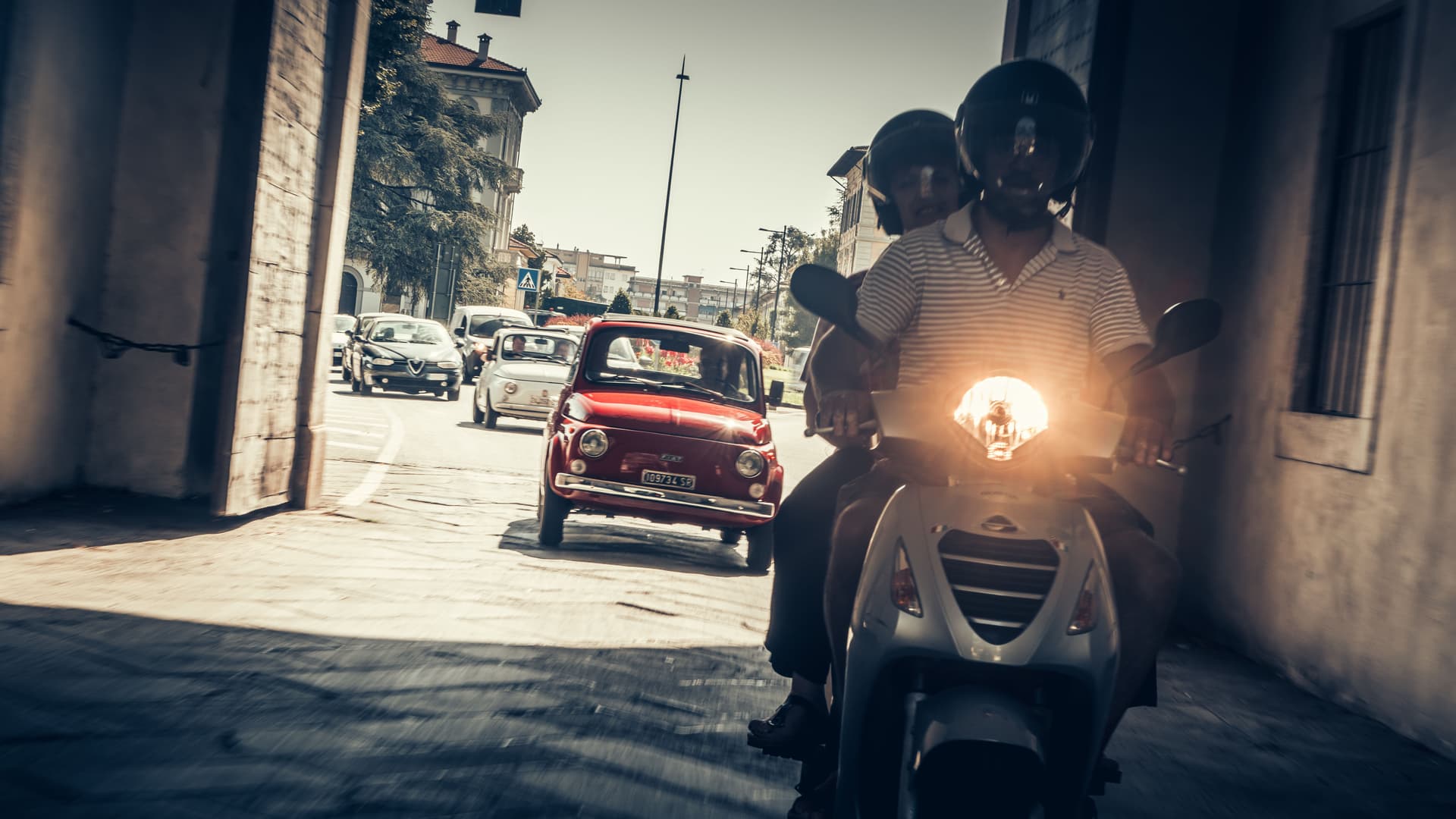
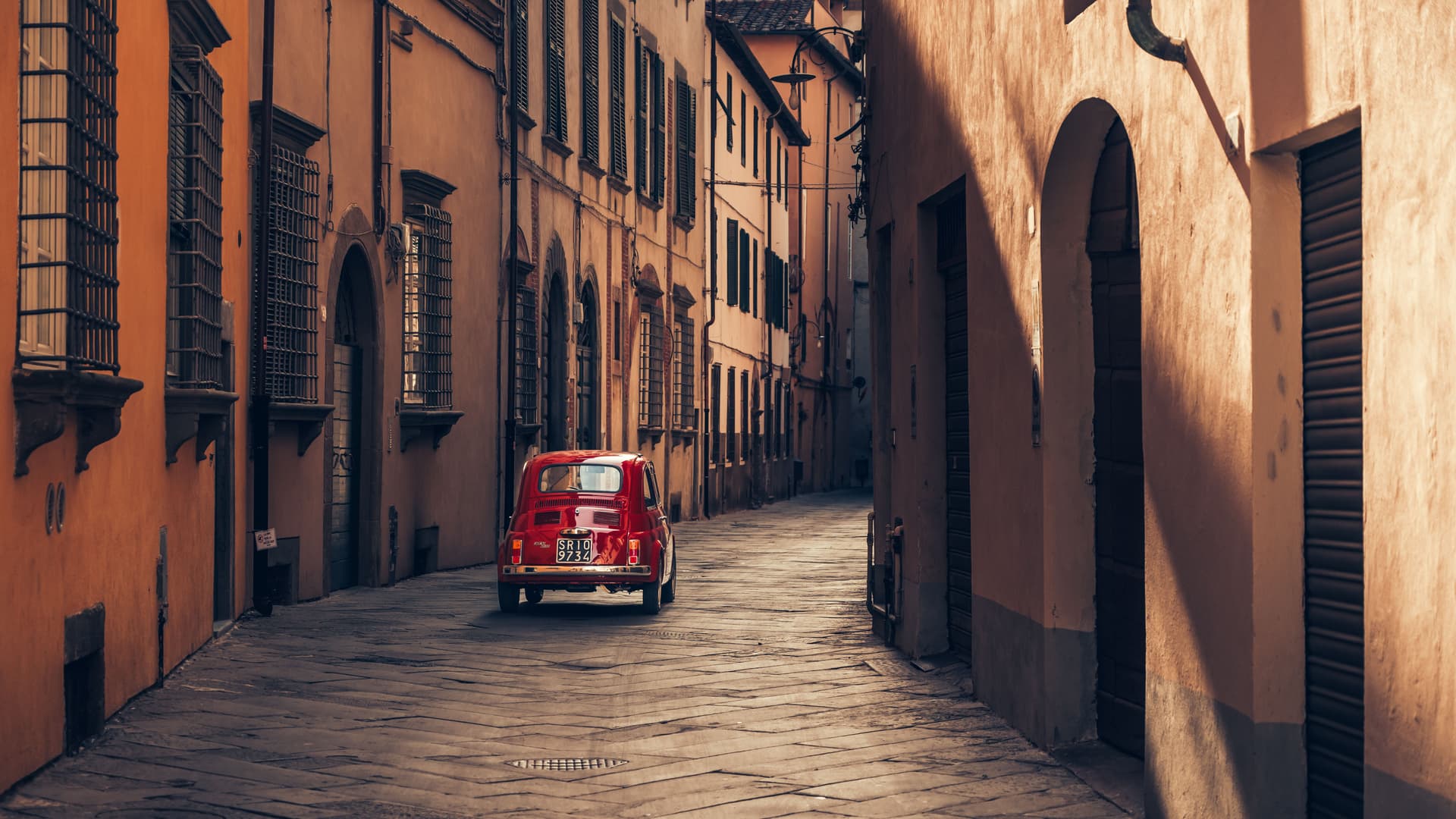
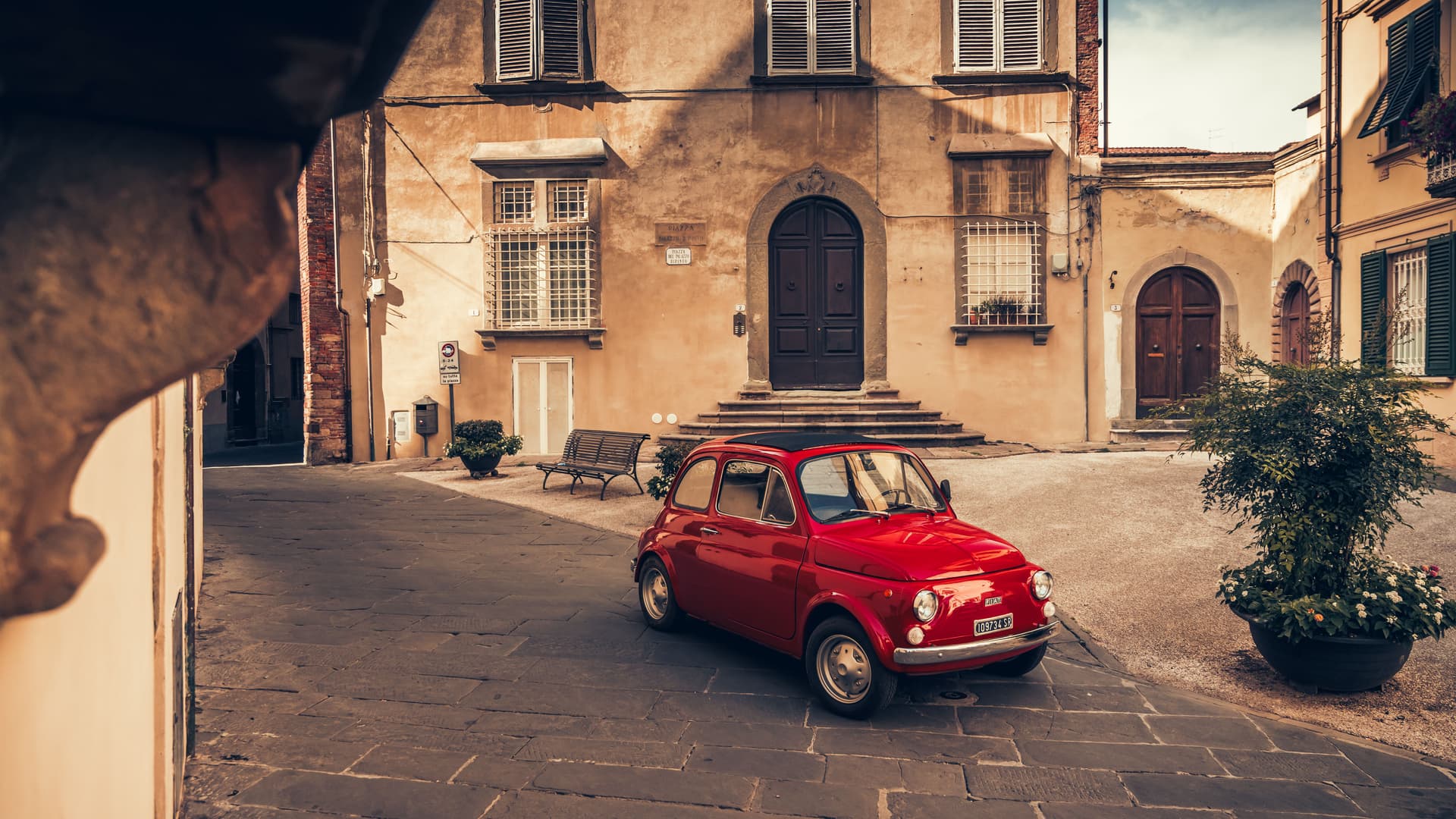
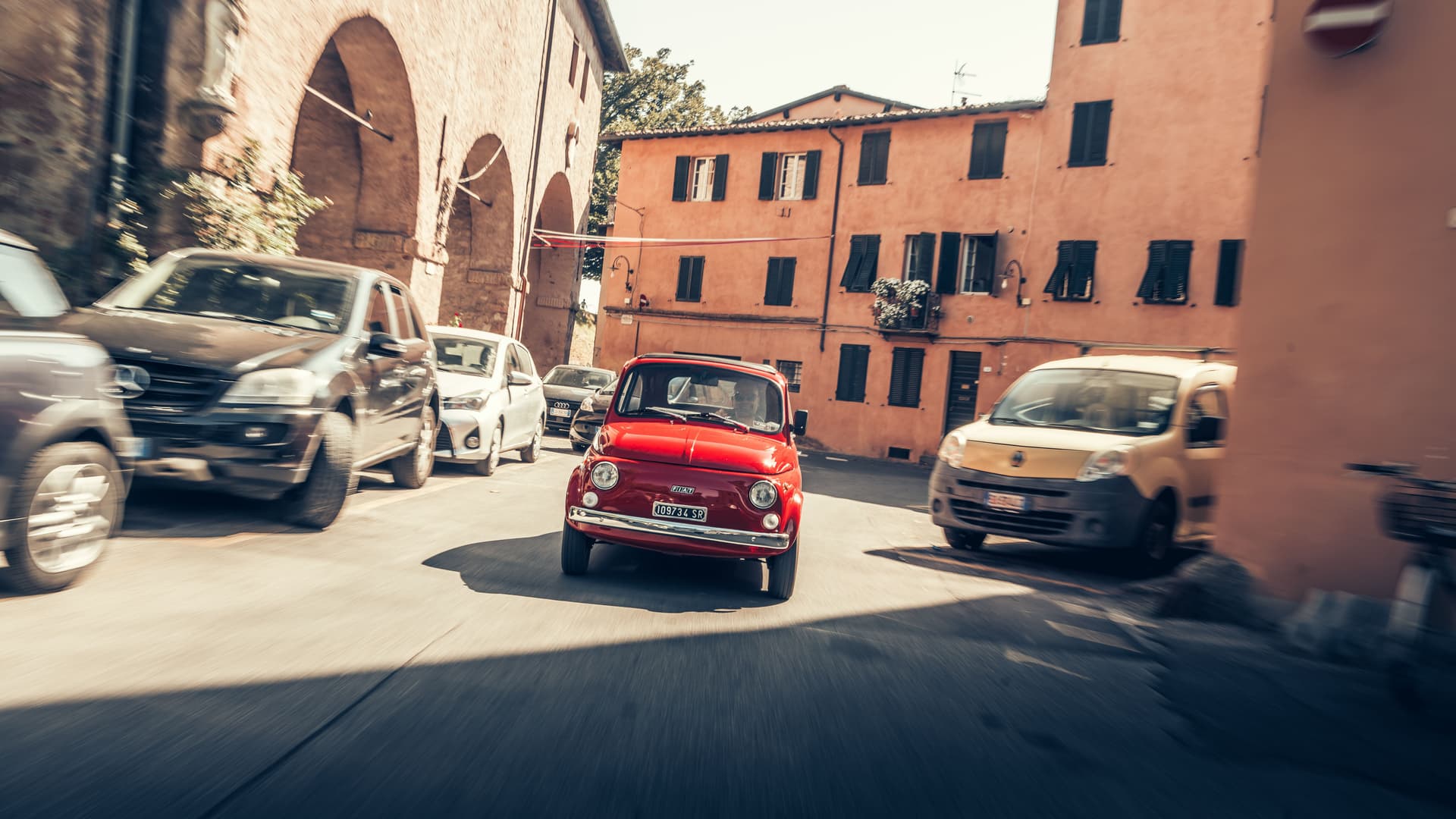
We Drive a Fully Restored Classic Fiat 500 Cinquecento : Micro Machine
The small cobblestoned city of Lucca in central Italy boasts one of the oldest and best-preserved Renaissance walls in all of Europe, able to trace a line right back to 180 BC and the founding of the Roman colony of Luca.
Nestled within these fortifications you’ll find a wellspring of culture including a palace once owned by a powerful Italian family, a litany of historic churches with one dating back to the 12th century, and famed Italian composer Puccini’s actual house.
You’ll also find a beleaguered Top Gear writer forlornly attempting to get a small car out of the city. As Jeremy, Richard and James found out over a decade ago, Lucca – achingly pretty, bursting with history, a postcard of Renaissance Italy – is a bloody maze.
Photography: Olgun Kordal
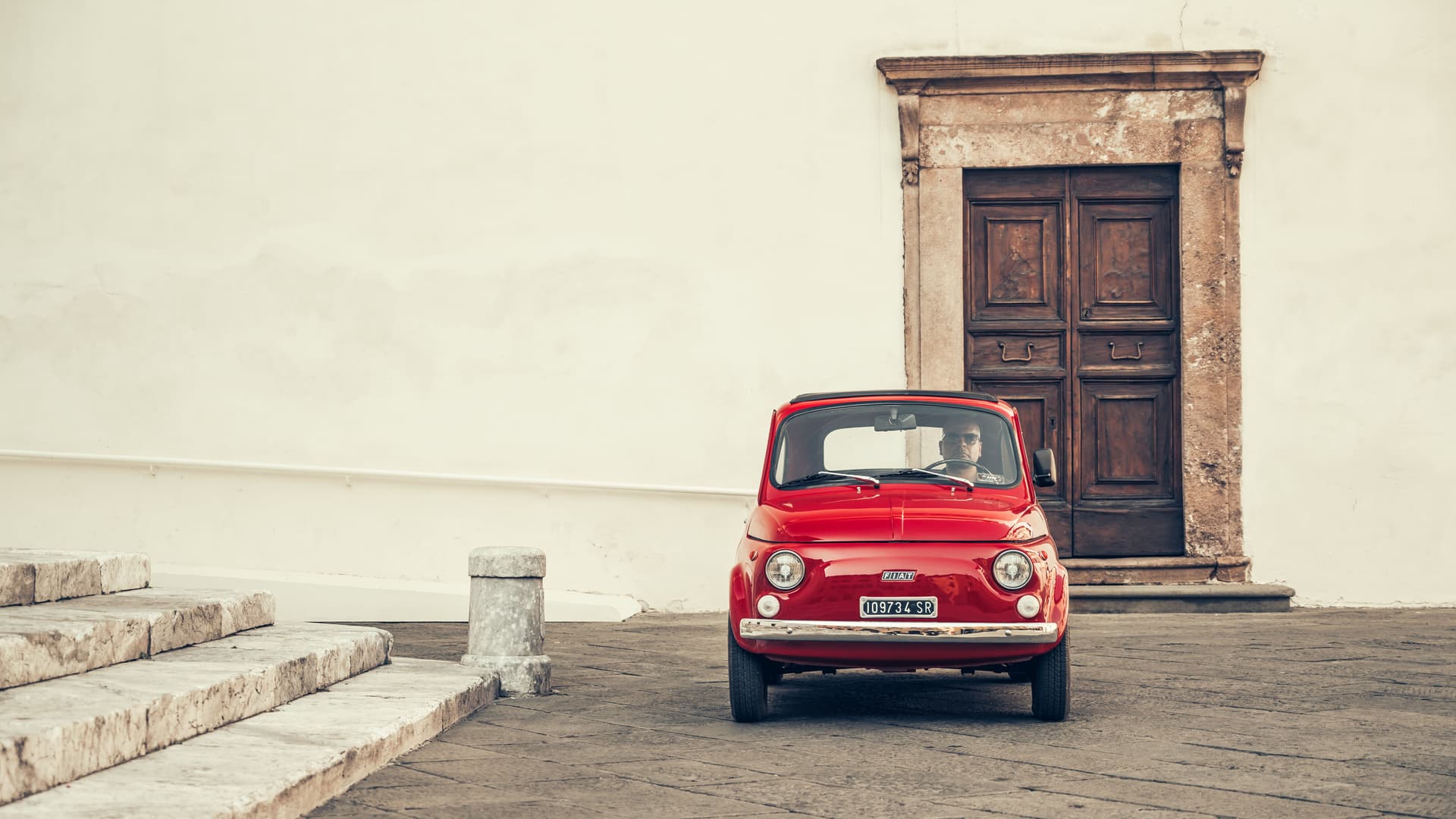
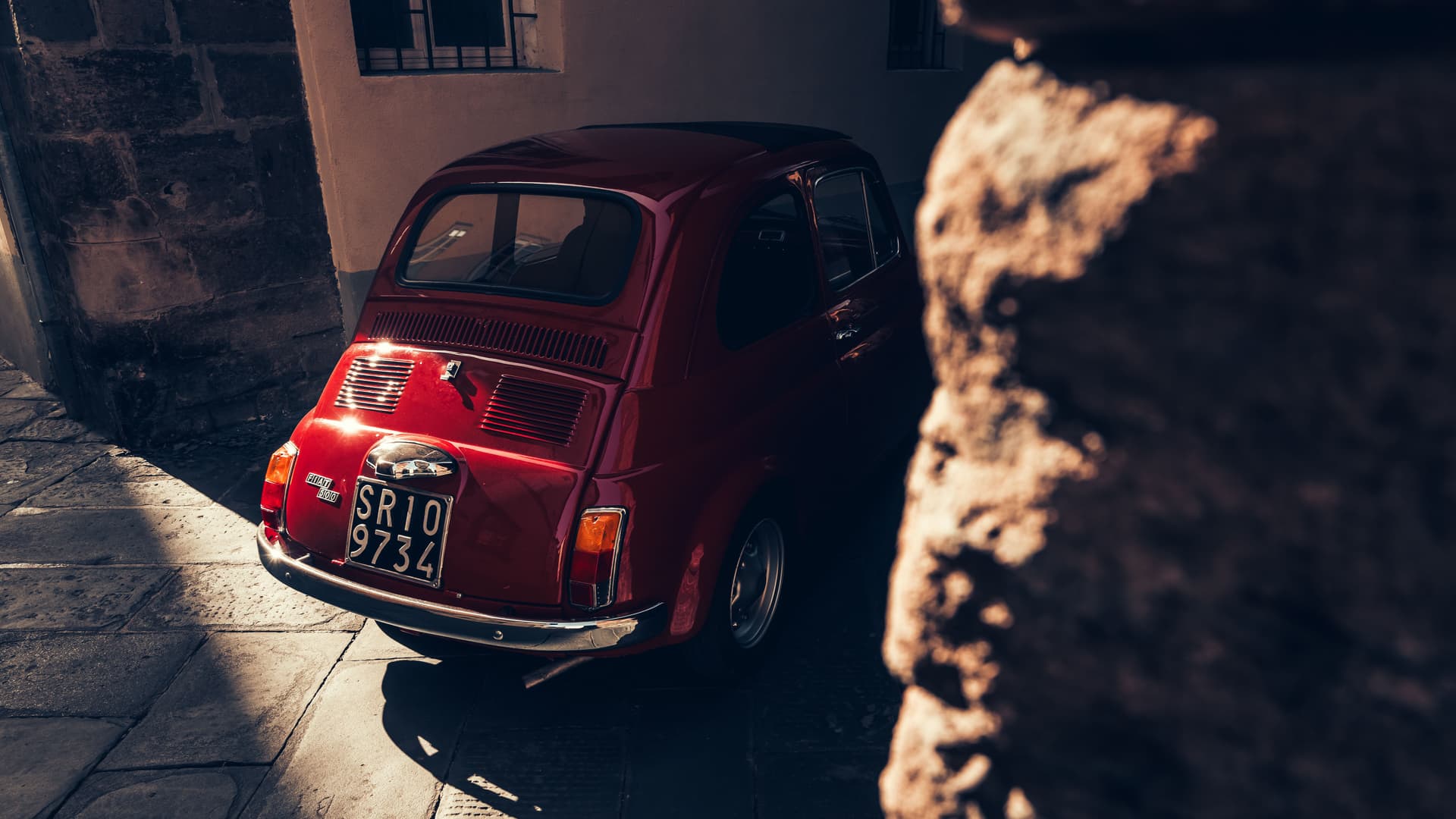

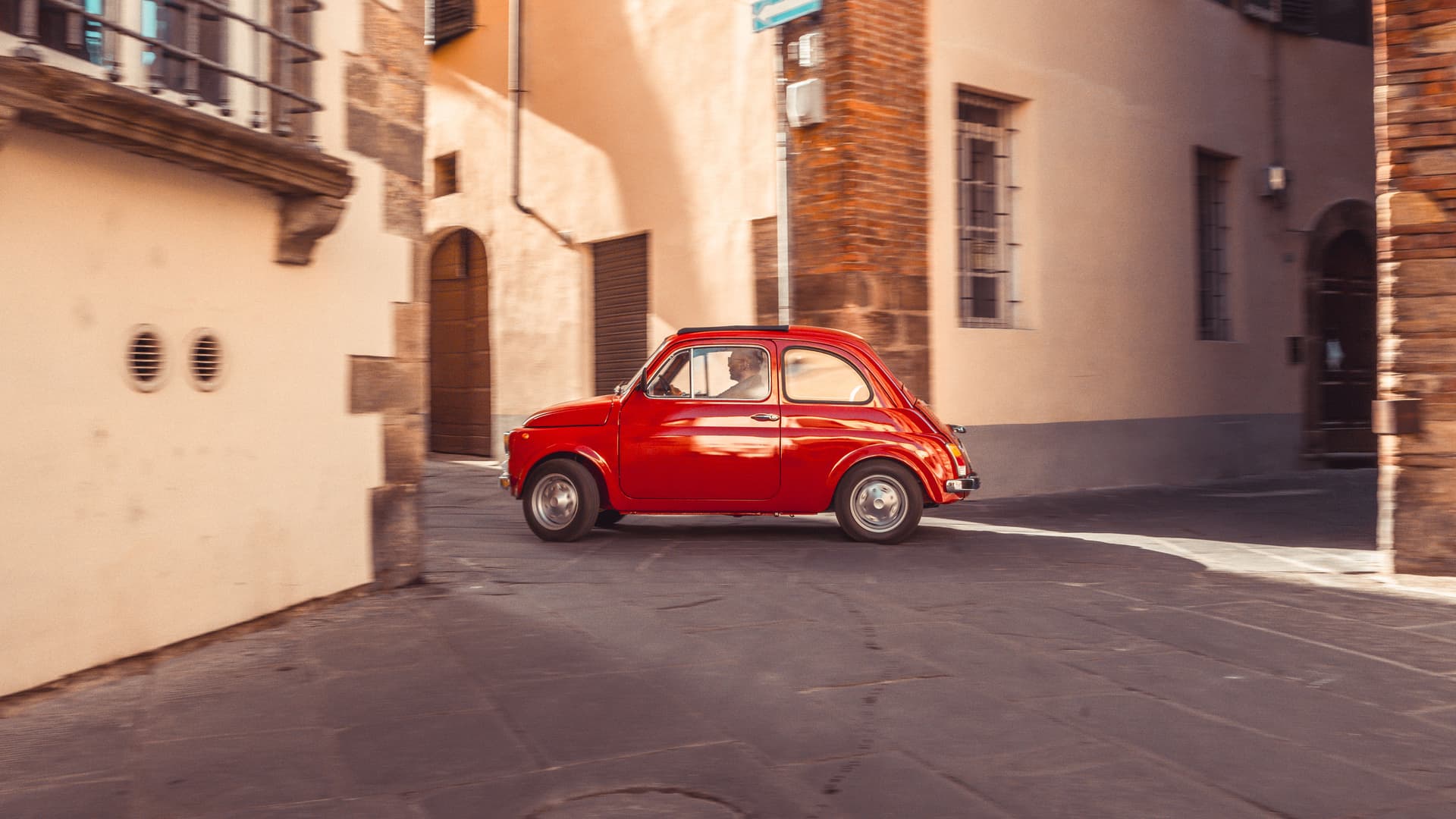
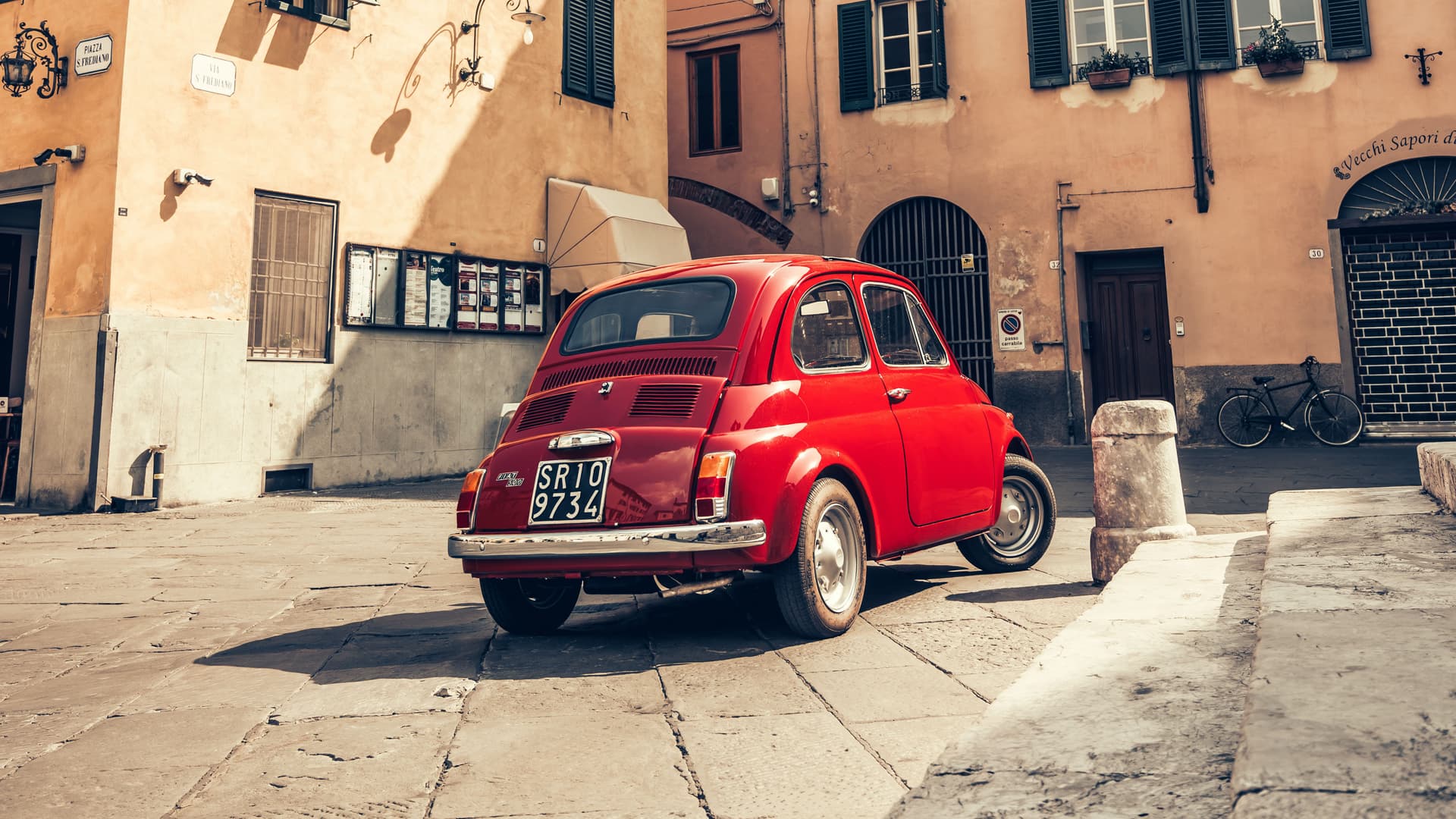
So benvenuti mi amici, where your correspondent comes to you live from… somewhere in the small cobblestoned city of Lucca in central Italy!
Thankfully nobody appears to have noticed that photographer Olgun and I are completely lost in this cultural epicentre tucked away in Tuscany, because we’re in perhaps the epicentre of Italian automotive culture.
Yes, it’s a classic Fiat 500, the original nuova cinquecento, which is as much a symbol of small cars as it is of Italy itself. It’s also the reason why we’re accidentally creeping through a pedestrian zone after taking a wrong turn and nobody is shouting at us for going the wrong way.
Because, quite frankly, this might just be the most adorable little thing ever created. First released into the world in 1957 as a successor to the perhaps even more adorable topolino (literally, ‘little mouse’), the 500 was a small, rear-engined slice of Italian ingenuity.
Dante Giacosa’s brilliant design gave the 500 tiny dimensions which meant the car could fit literally anywhere, along with a rear-engined layout and a means for the people of Italy to get about cheaply and efficiently.
And the people of Italy and beyond responded: between 1957 and 1977, over four million Fiat 500s were sold.
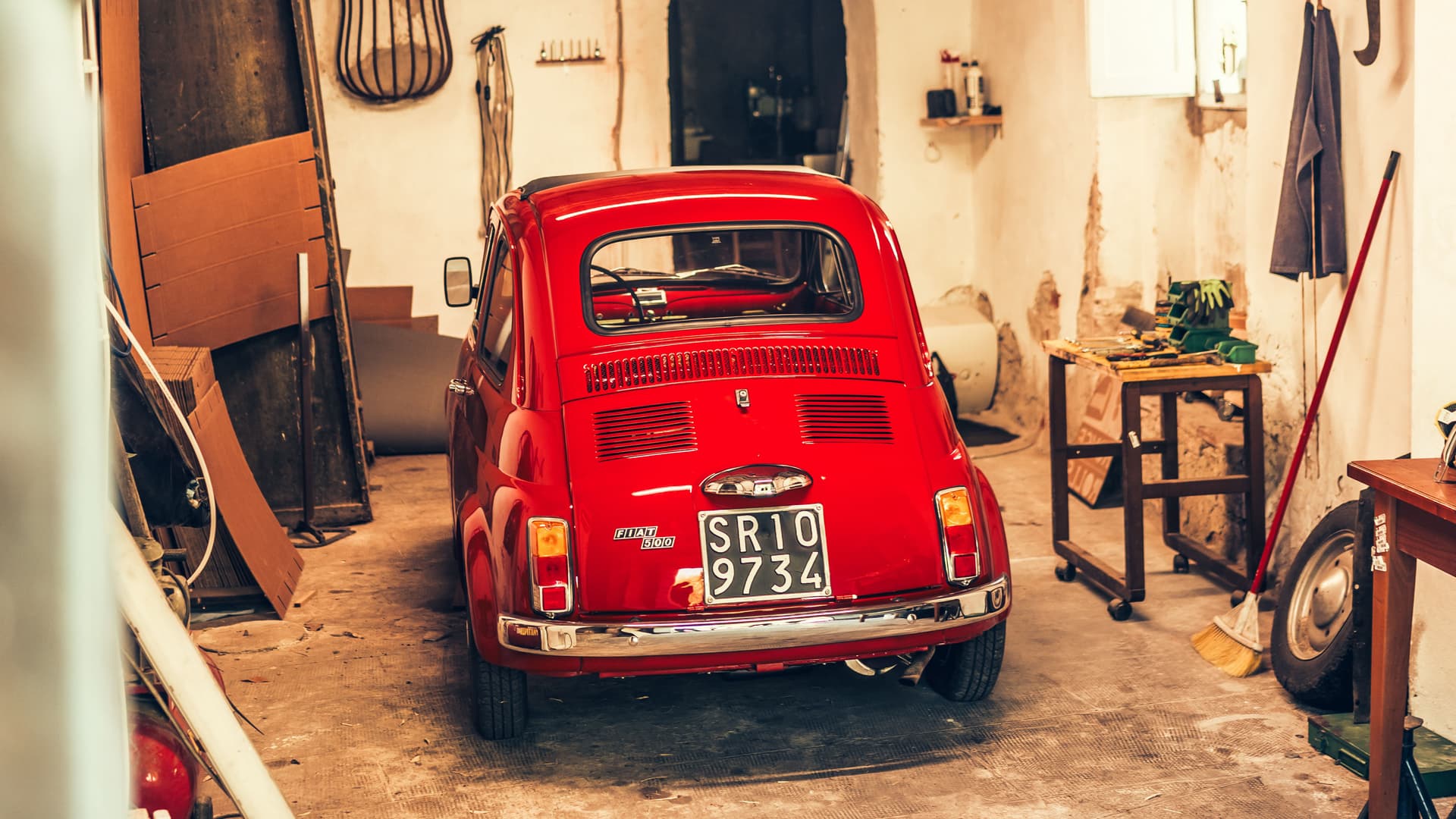
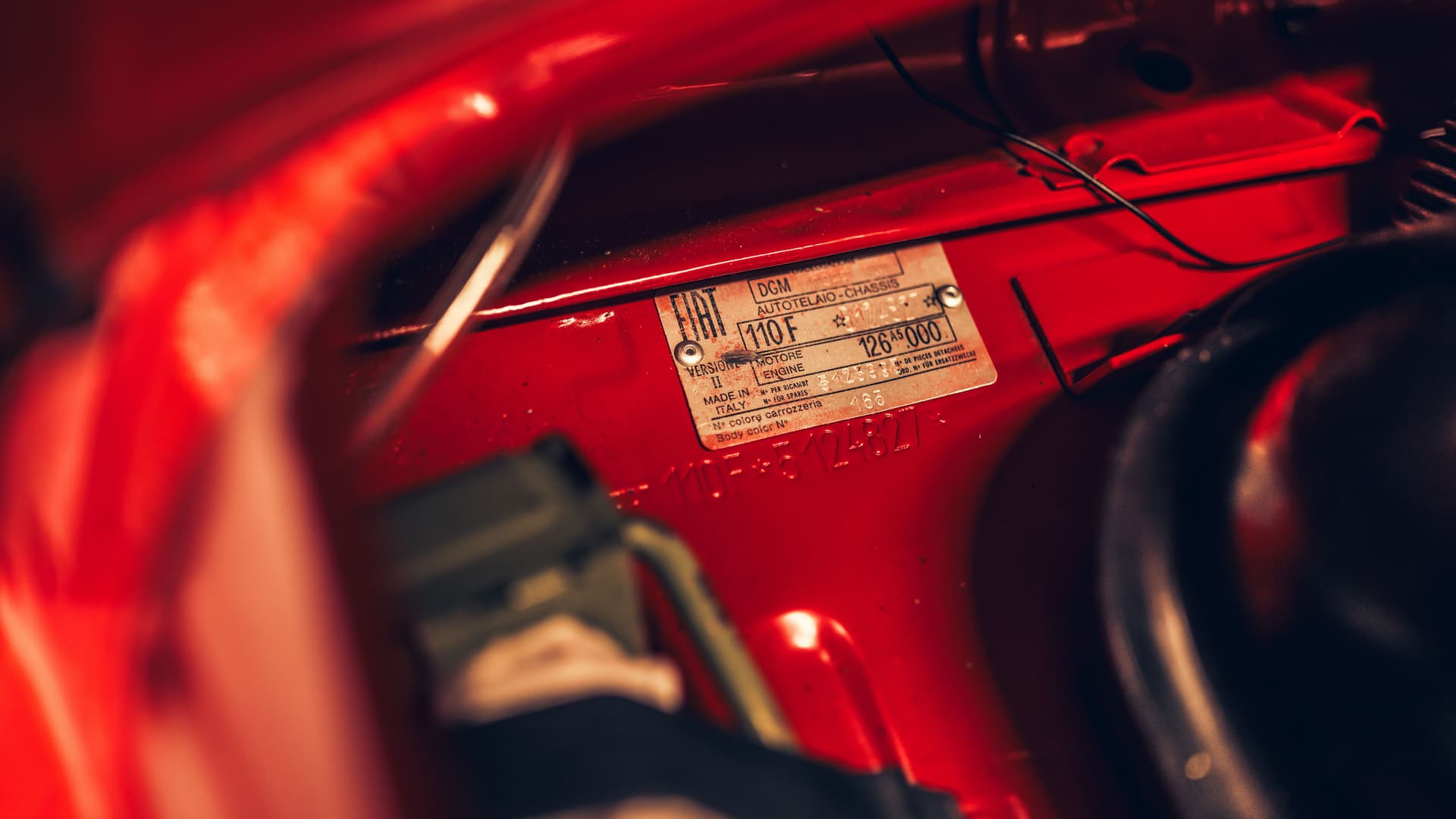
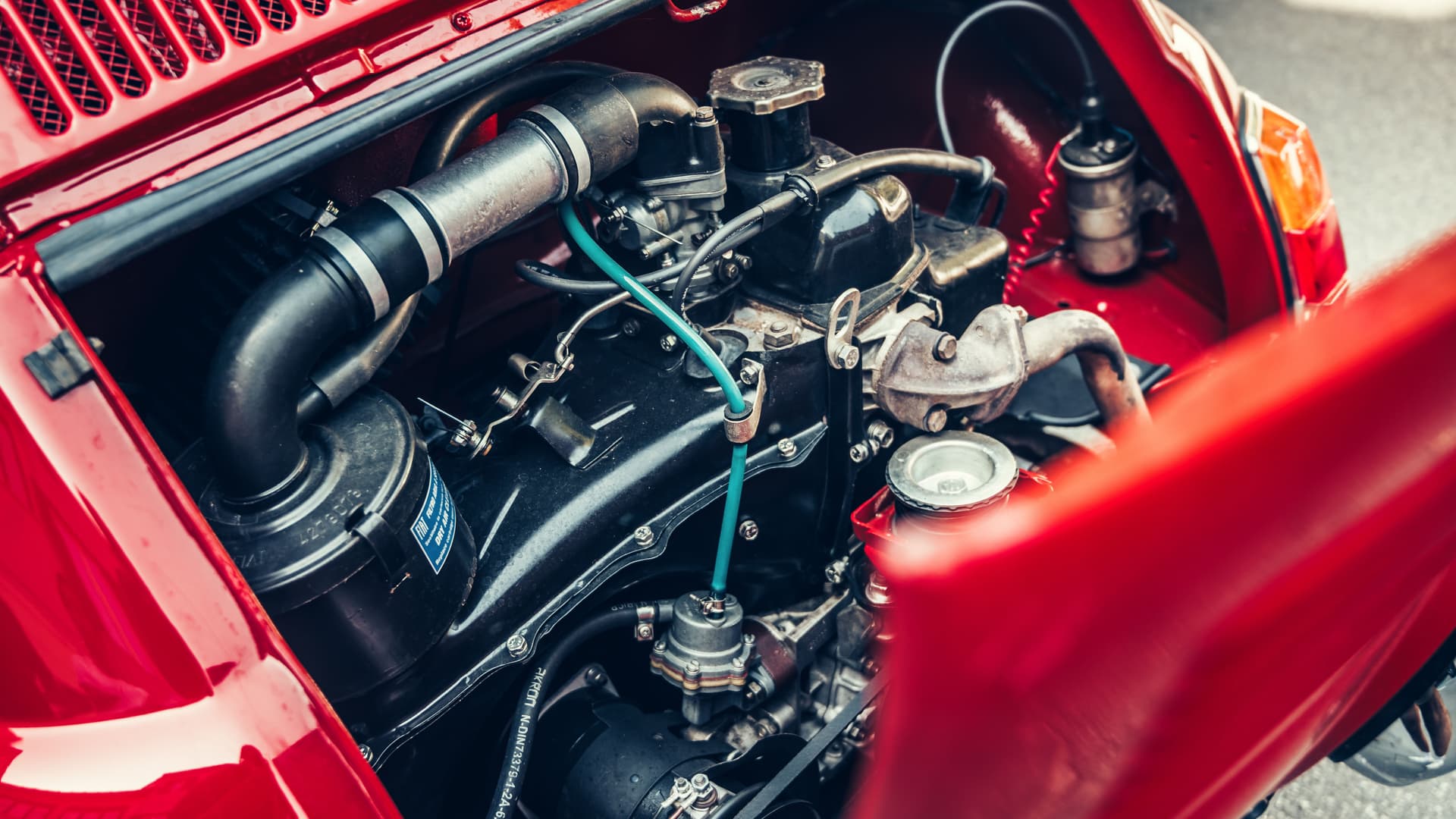
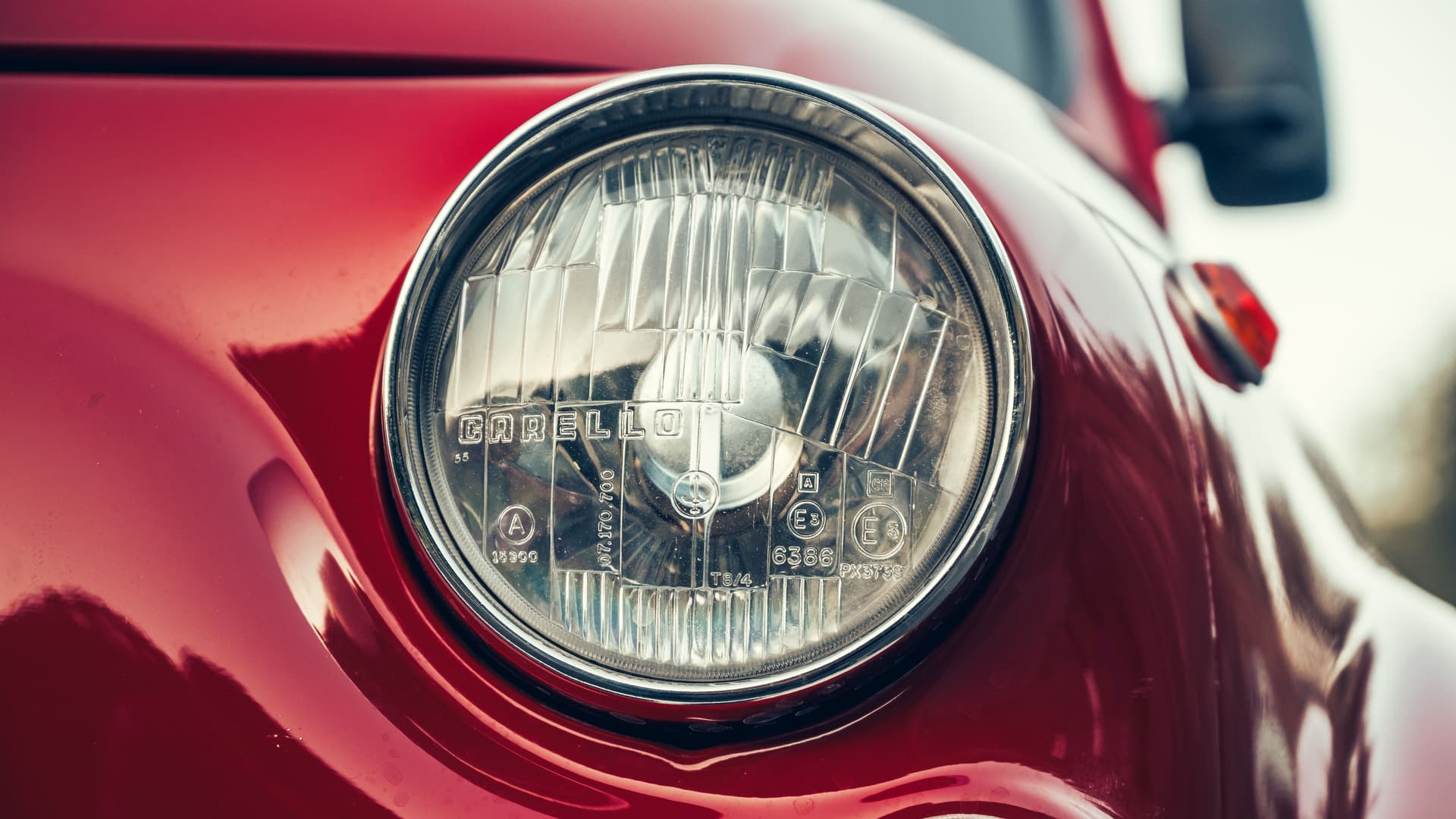
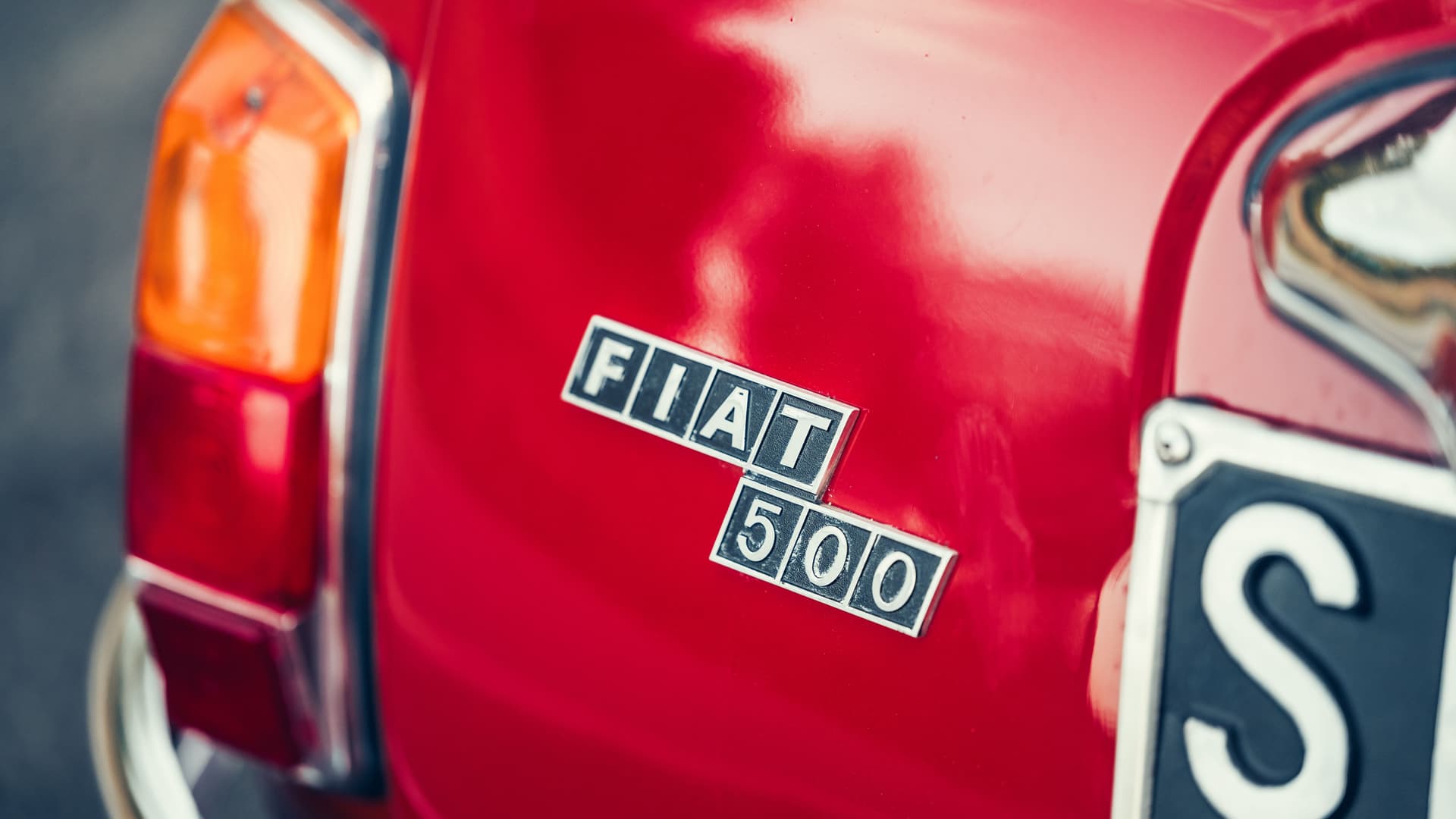
But we’re in 2023, and these things are getting harder to come by. “There’s still a lot of them on the road, but there’s fewer of them now than five years ago,” said The Real Italian Car Company’s co-founder Amadeo Raffaelli Provenzali.
Along with his two friends – Mattia Vita and Anthony Peacock – he’s on a mission to save the cinquecento from extinction by restoring it, preserving its legacy so it can be enjoyed for years to come.
The little red car we’re currently crawling down a packed piazza in marks the first fully restored 500 to emerge from the fledgling company; a company that started out as a few mates just fixing up their own motors cinque years ago.
“It started out as a hobby as all these things do,” Peacock said. “We all had our own 500s, we did them up, and then family and friends started asking us ‘can I get one too?’ So we thought, let’s do it.”
The red car is perhaps the best example of TRICC’s work. “It came from Sicily, which is pretty much an ideal climate – warm all year round. The cars we source from northern Italy have a little bit more rust on them,” he laughed.
While the car was already ‘sound’ from the beginning, the process is as expected: strip the entire thing to its bare shell, and then rebuild and recondition everything from the ground up.
“The engine, the suspension, the electrics, the interior… pretty much everything is new,” Provenzali said. Amazingly, prices start at just €10,000 and there'll be an online configurator in due course.
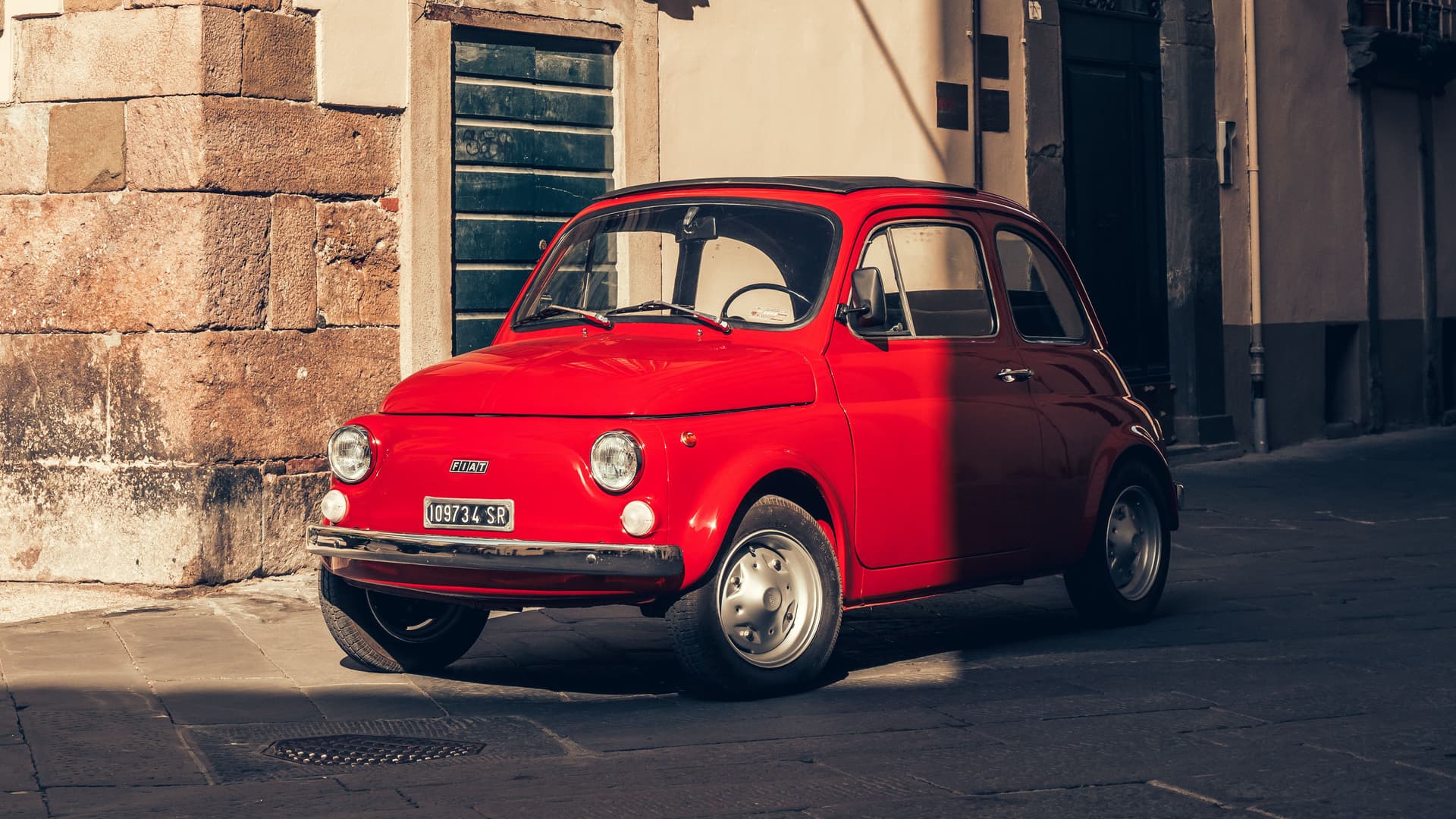
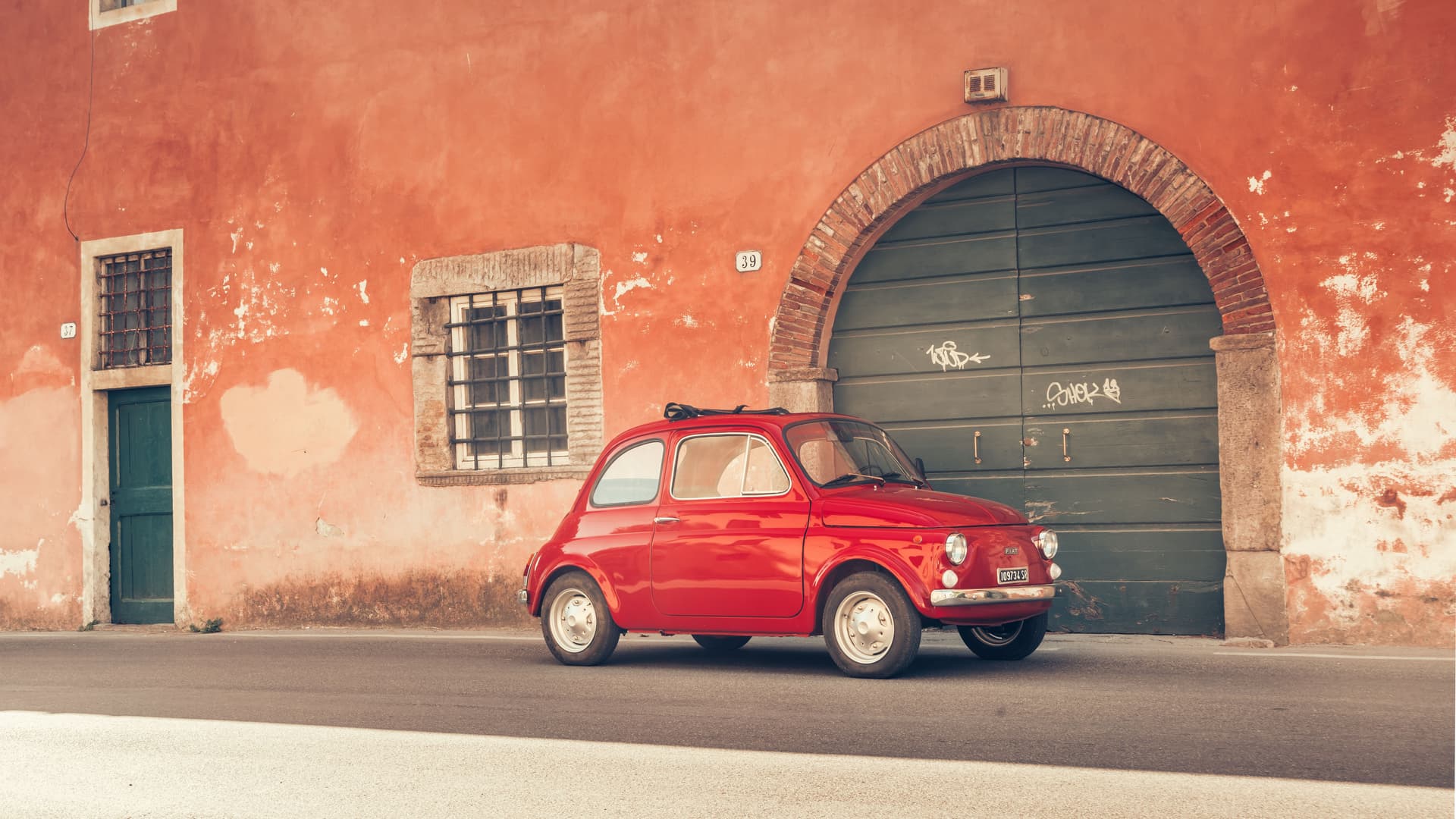
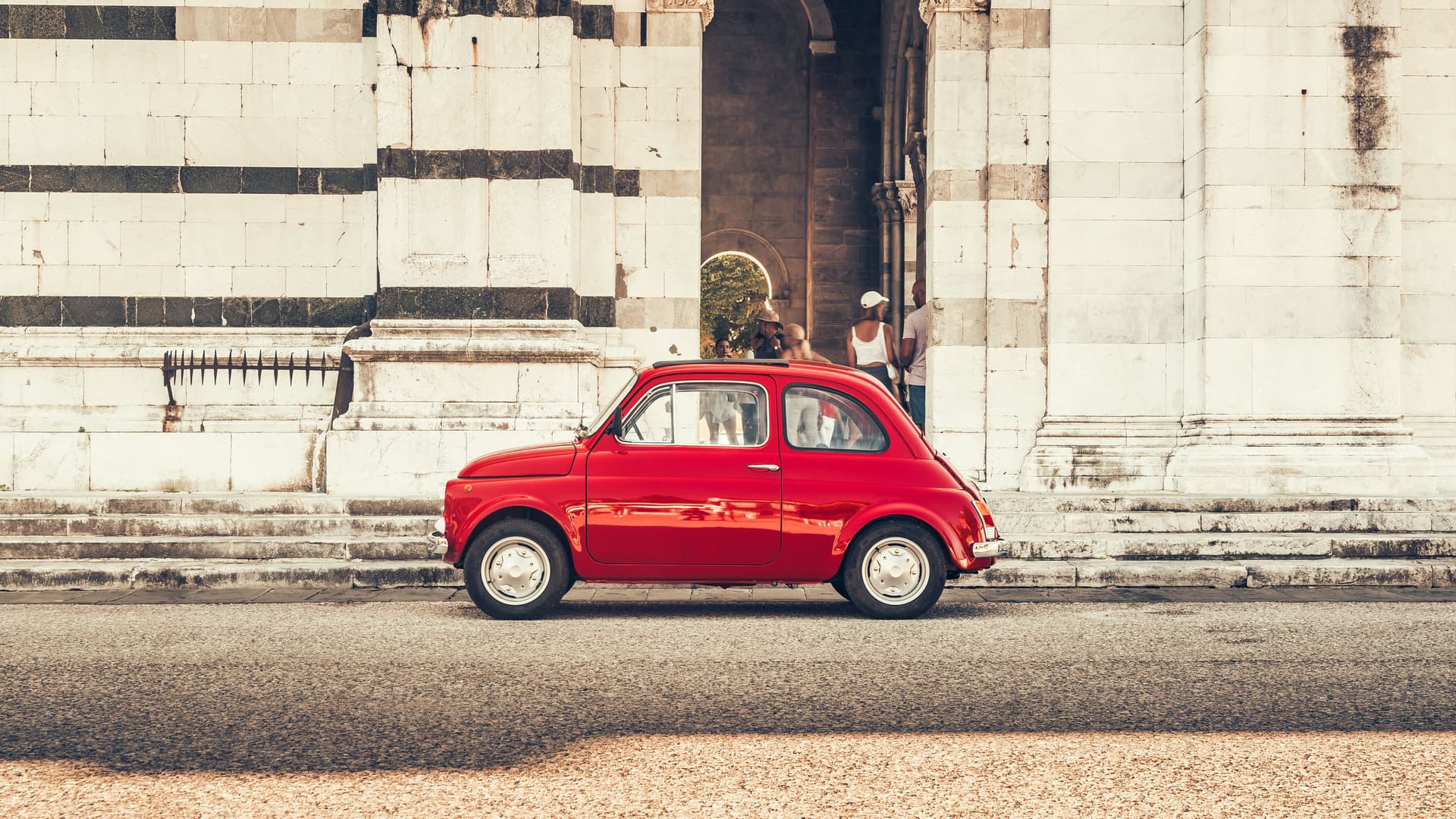
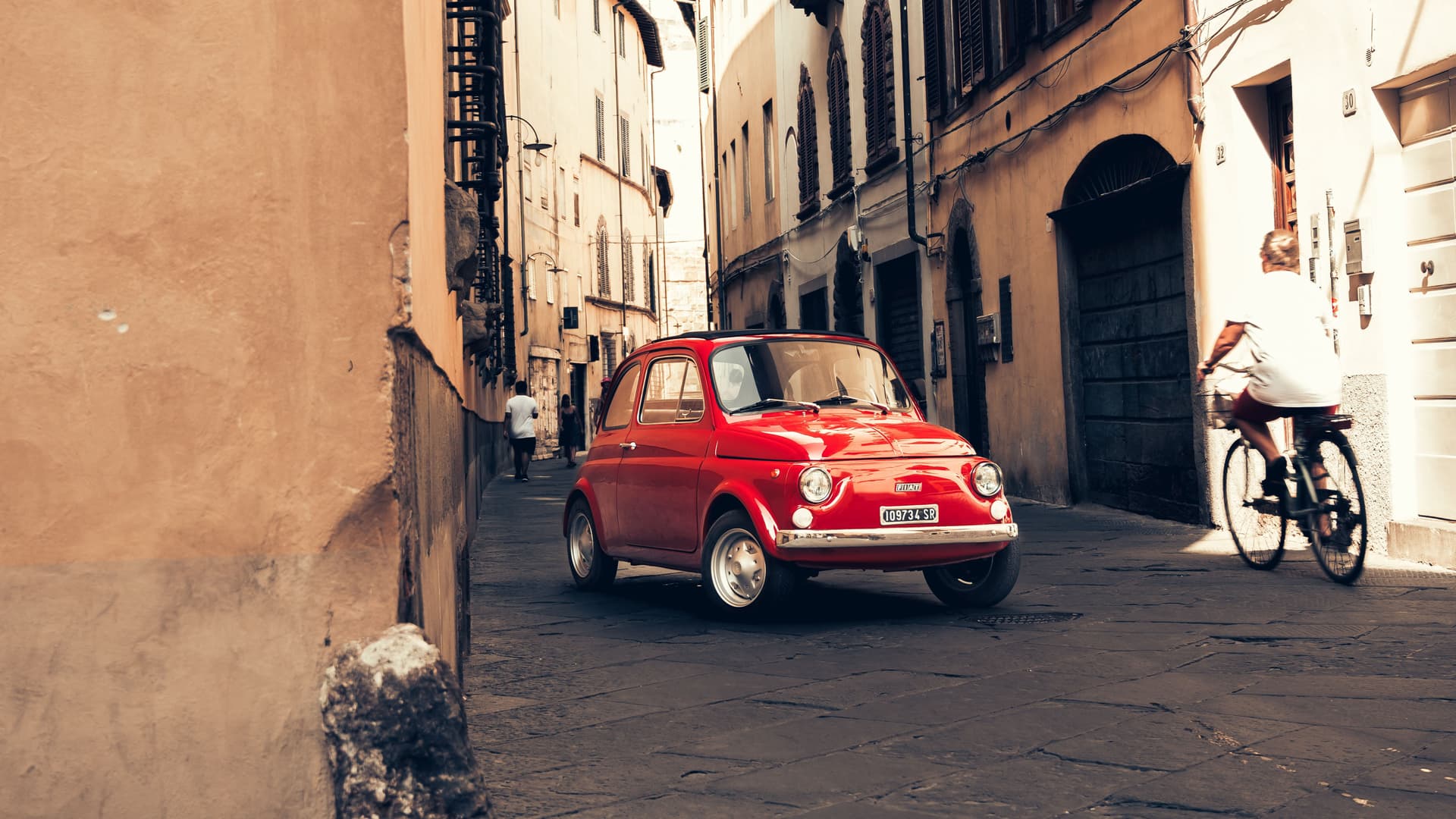
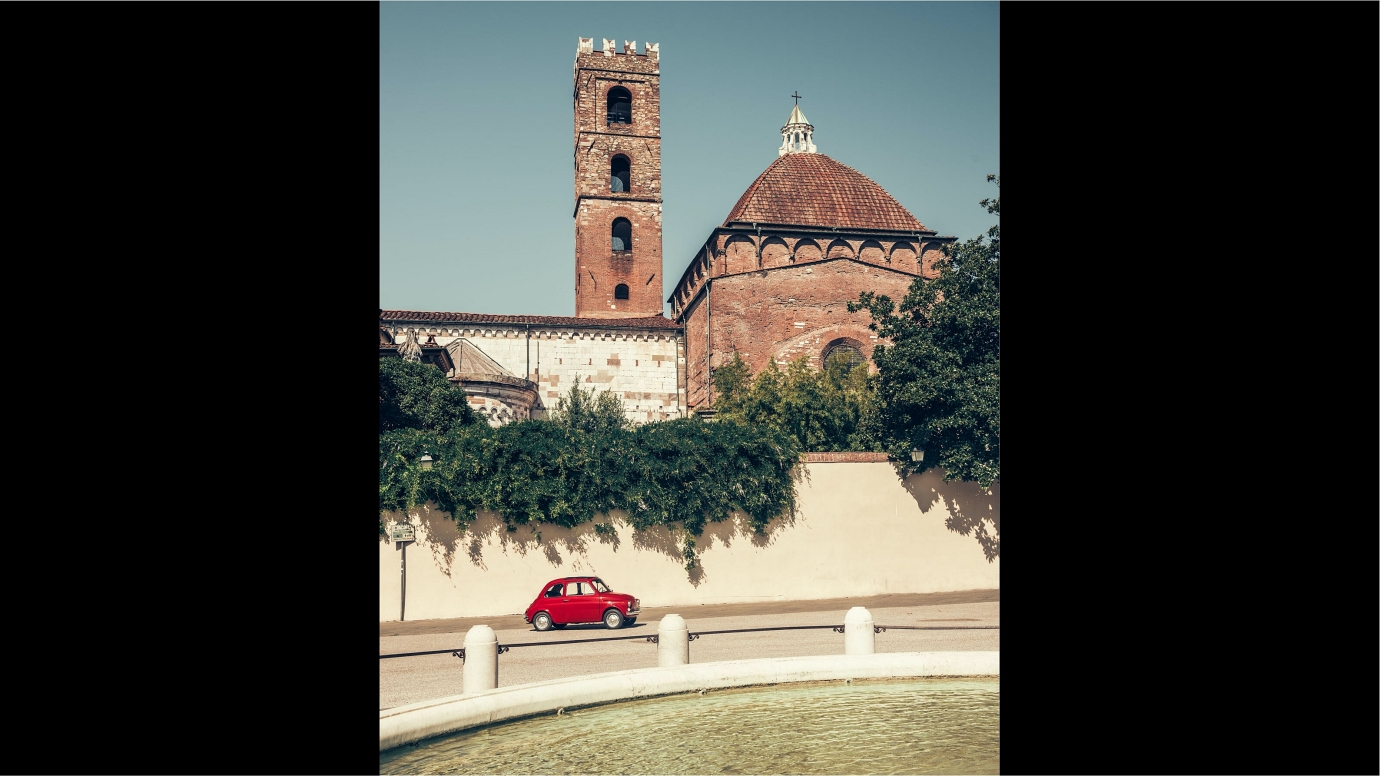
Sourcing the parts is as difficult as expected, though not impossible. Provenzali remarked that on his travels around Italy, he’d stumble into an old garage that had new-old Fiat 500 stock lying around – the seats for the red car, for example, are original Fiat items that were just gathering dust.
Otherwise it’s flicking through his extensive contacts list, or messages from acquaintances who’ve got something he might like.
Sometimes, they even build the parts themselves, working out of a rustic garage at the back of a Tuscan villa. And yes, it is as romantic as it sounds. “Just little bits and pieces – brackets, door hinges, fiddly stuff that you can’t find,” Peacock said.
While they wouldn’t get into complex fabrication, “building these small parts and tweaking the cars is exactly how the old guys used to do it”.
Olgun and I are turning into old guys in an attempt to find the city gates, but while our fear that we’ll soon become a permanent fixture of Lucca’s culture feels grounded, there’s no fear about TRICC’s hardy little 500. Banish any thought of old Fiats being wayward, unpredictable princelings – this one’s holding up superbly.
While we ‘navigate’ (read: aim blindly and hope for the best) through past yet another architectural wonder – look, there’s the Basilica di San Frediano! – in scorching midday heat, threading the 500’s diminutive body through narrow streets and even more narrowly past onlookers drinking espressos, our rosso companion didn’t skip a beat.
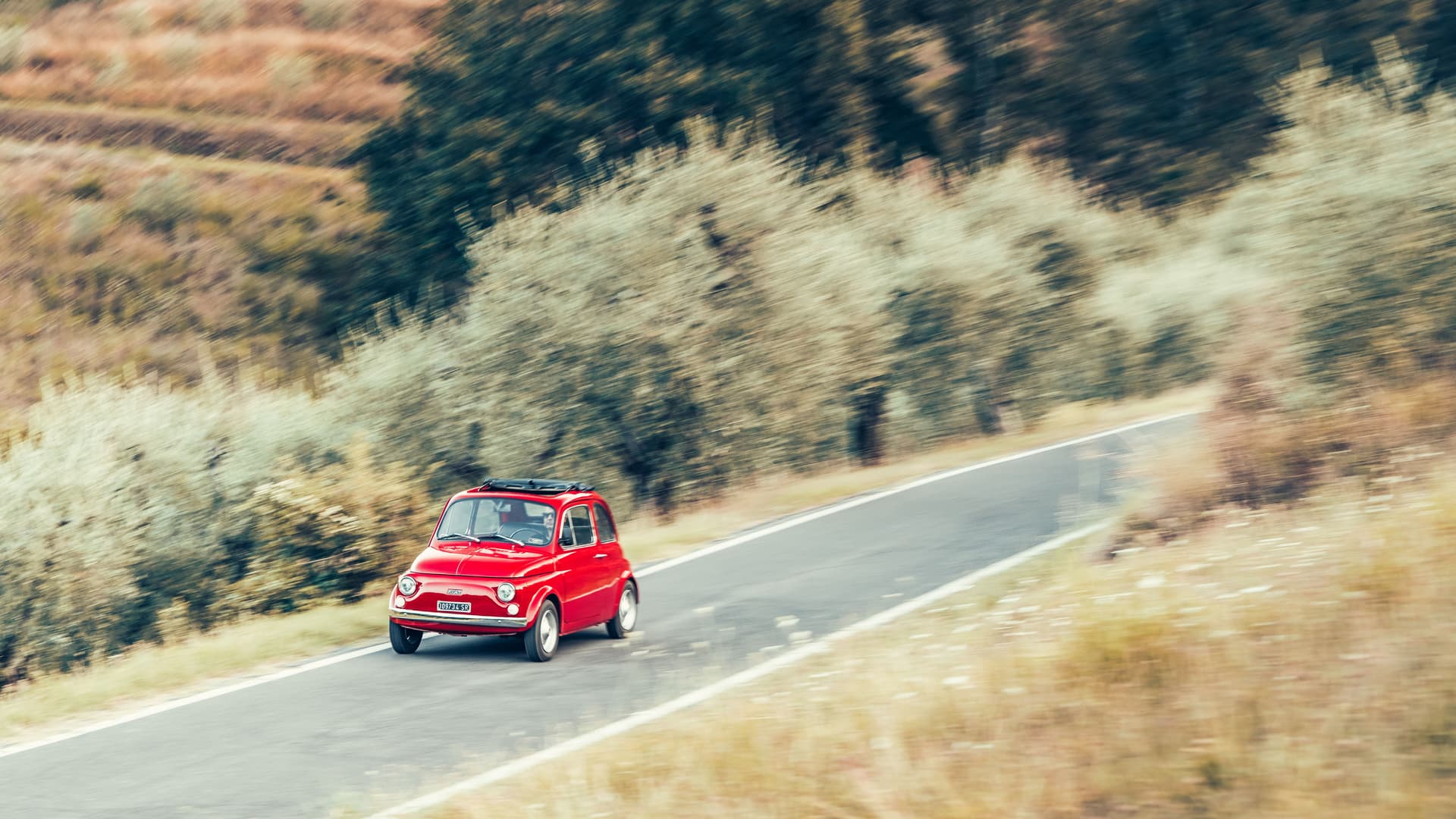
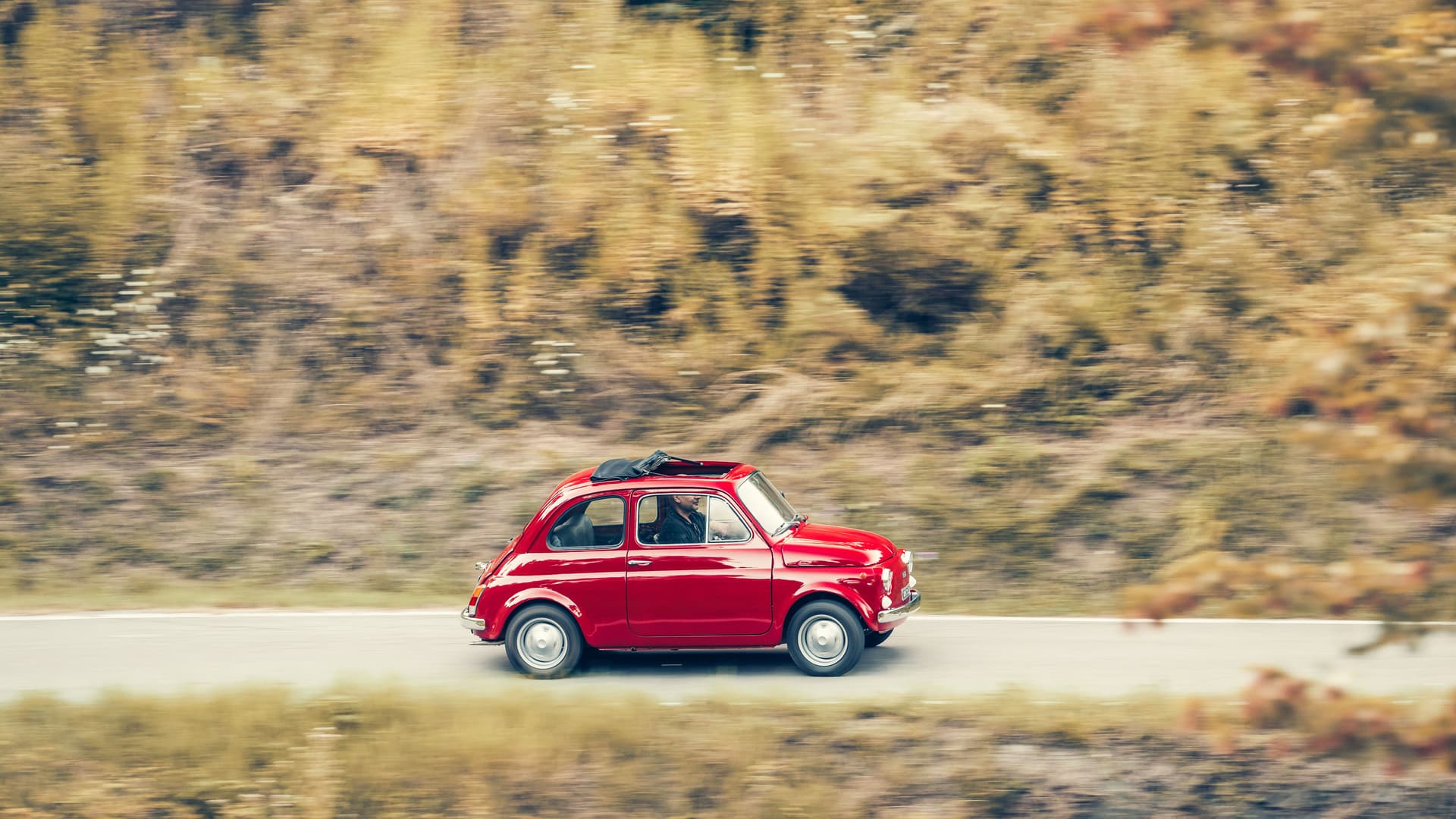
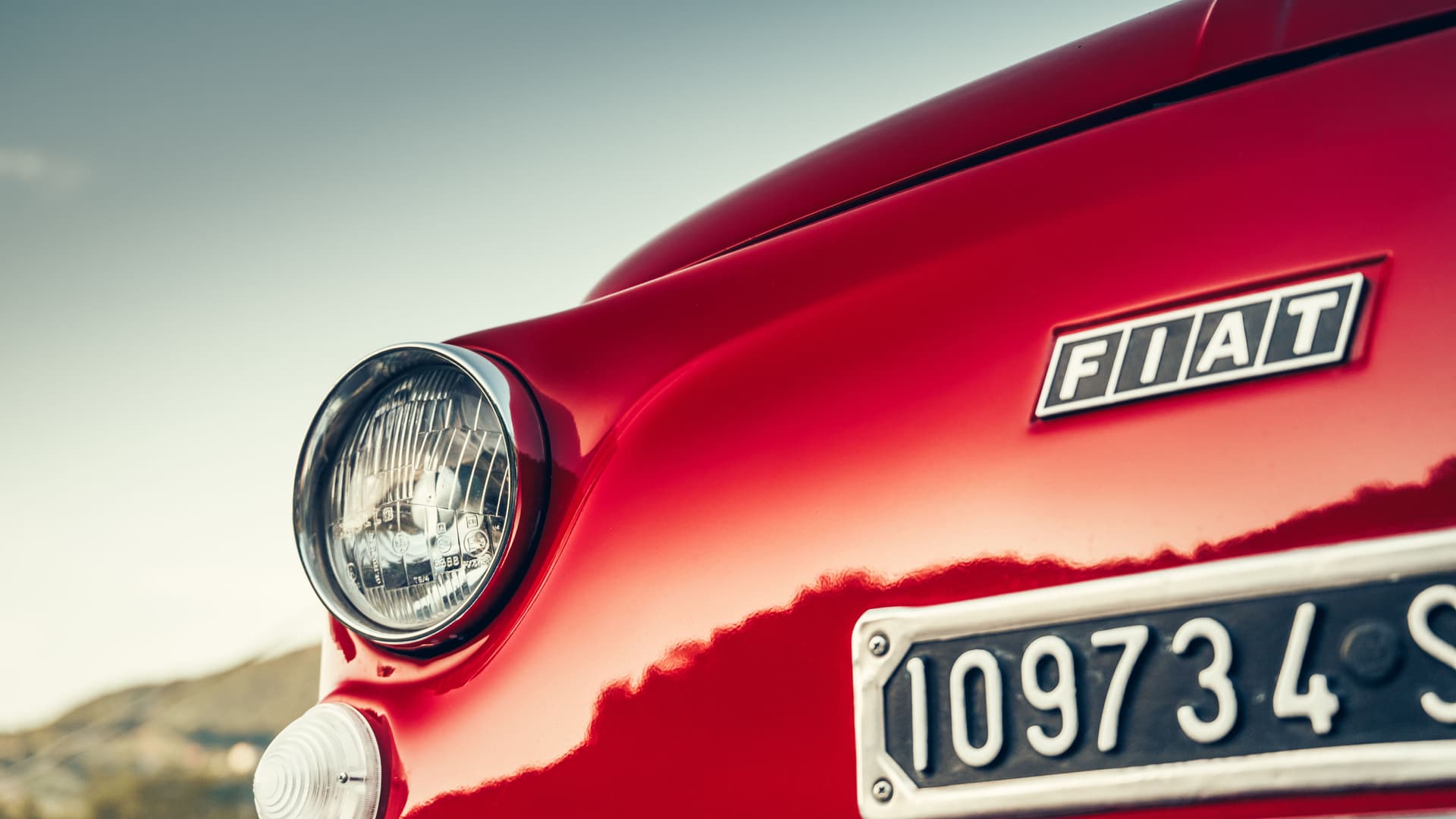
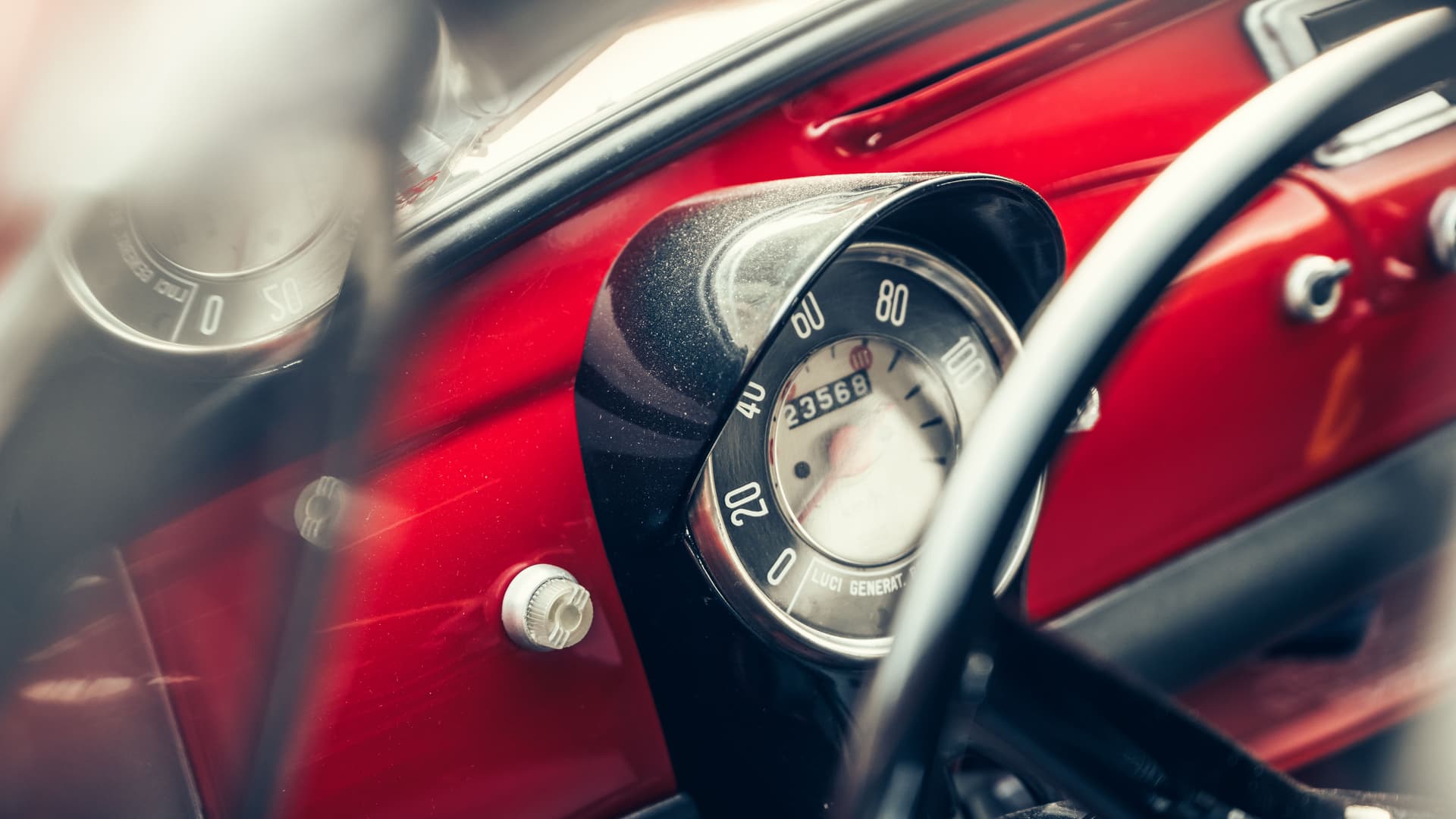
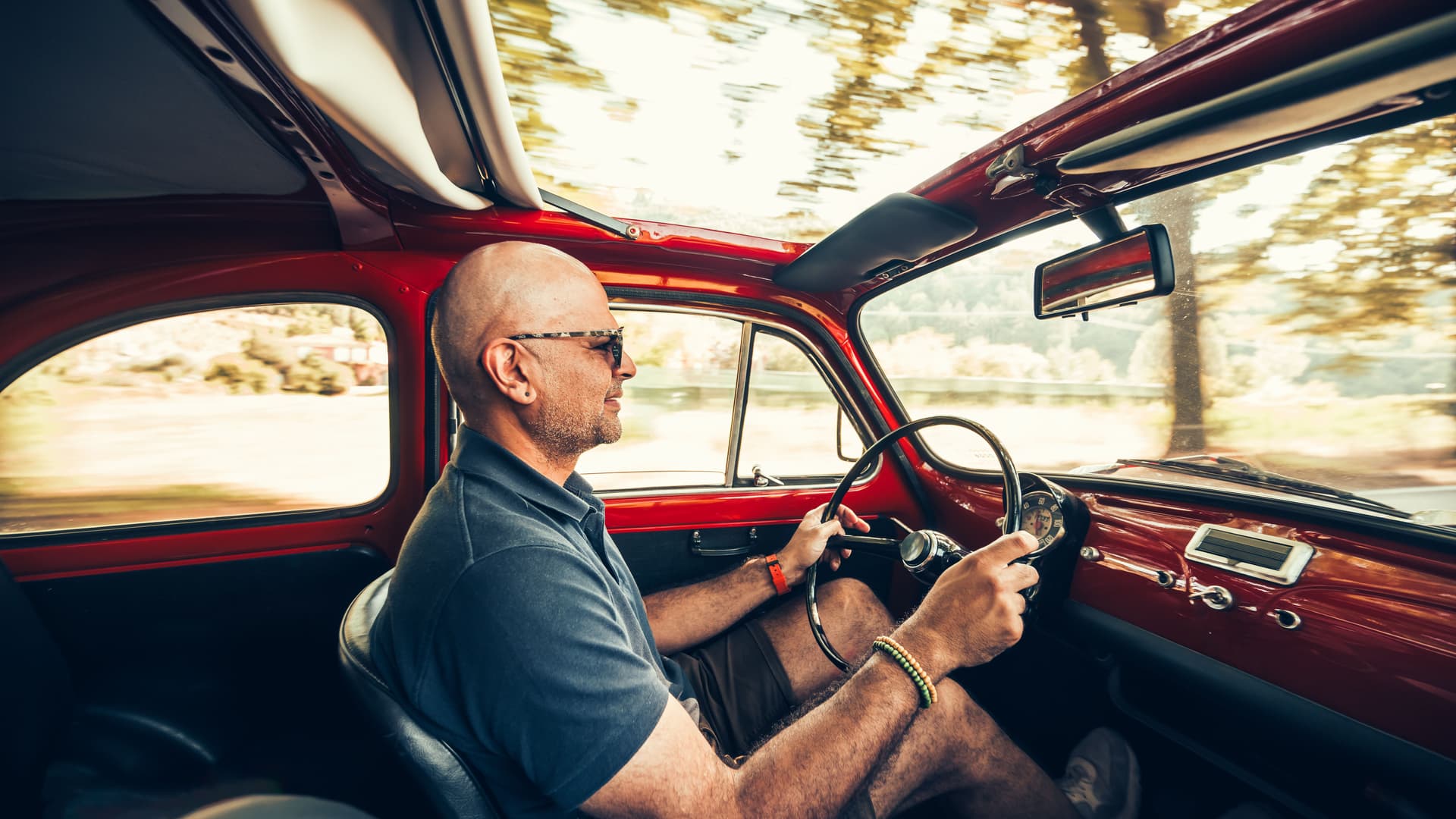
It’s a wholly fulfilling experience, driving something this alive. It’s a buzzy, whiny, friendly little thing full of life and character. The steering wheel writhes in your hand and constantly chatters away.
Big, too, so you really do saw away more with your arms than wrists. It moves around underneath picking up every nuance of the road. Nothing to distract you inside, mind; the surprisingly spacious cabin is as simple as they come.
All the better to focus on the art of... manhandling it. It feels robust and up for a laugh: our entry into the city took in Tuscany's glorious vista and the 500 felt perfectly suited to chomping through country roads with merry abandon.
TRICC’s work here is remarkable: it doesn’t feel artificially ‘new’, but everything feels solid, workable, and as though you were in the car’s heyday. So it's not powerful at all – 19shp! – but is pitched perfectly for the city, and while the gearbox in this red car does without a synchromesh (which you don’t want to mess up while you’re lost - look, it’s the Torre delle Ore!), TRICC does offer a synchromesh option for smoother shifts. We briefly tried another of TRICC's cars with this gearbox, and it felt great.
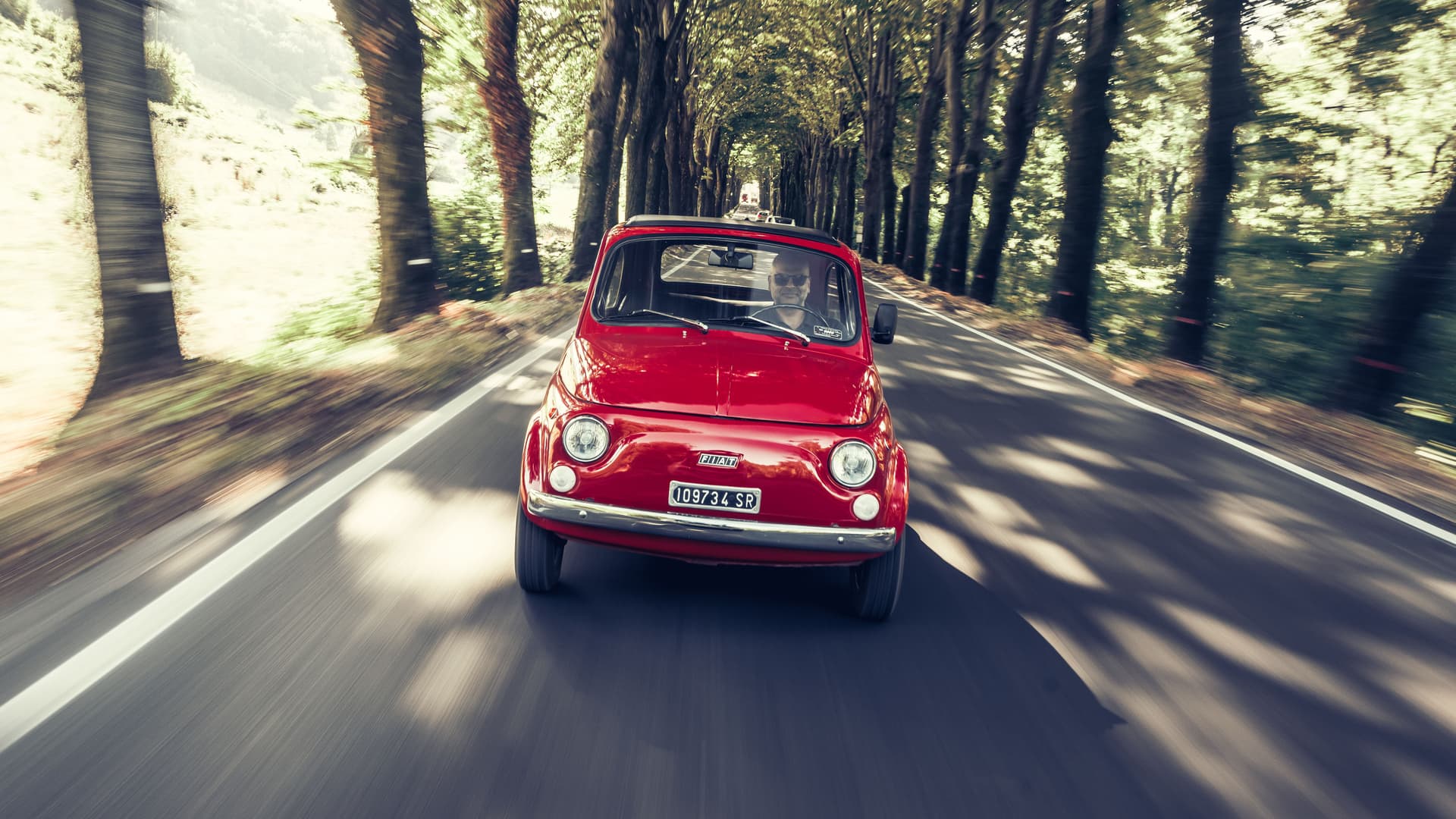
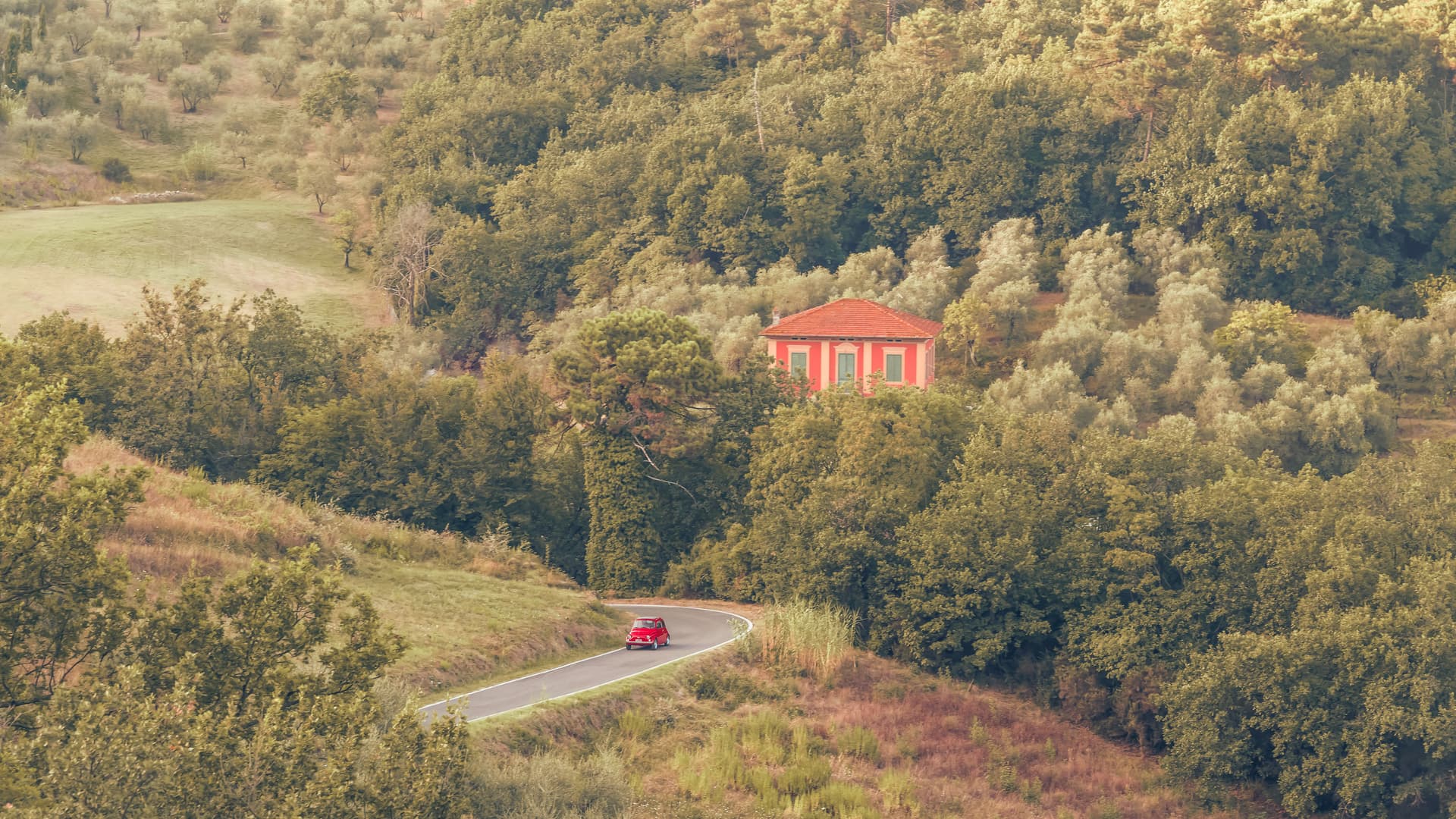
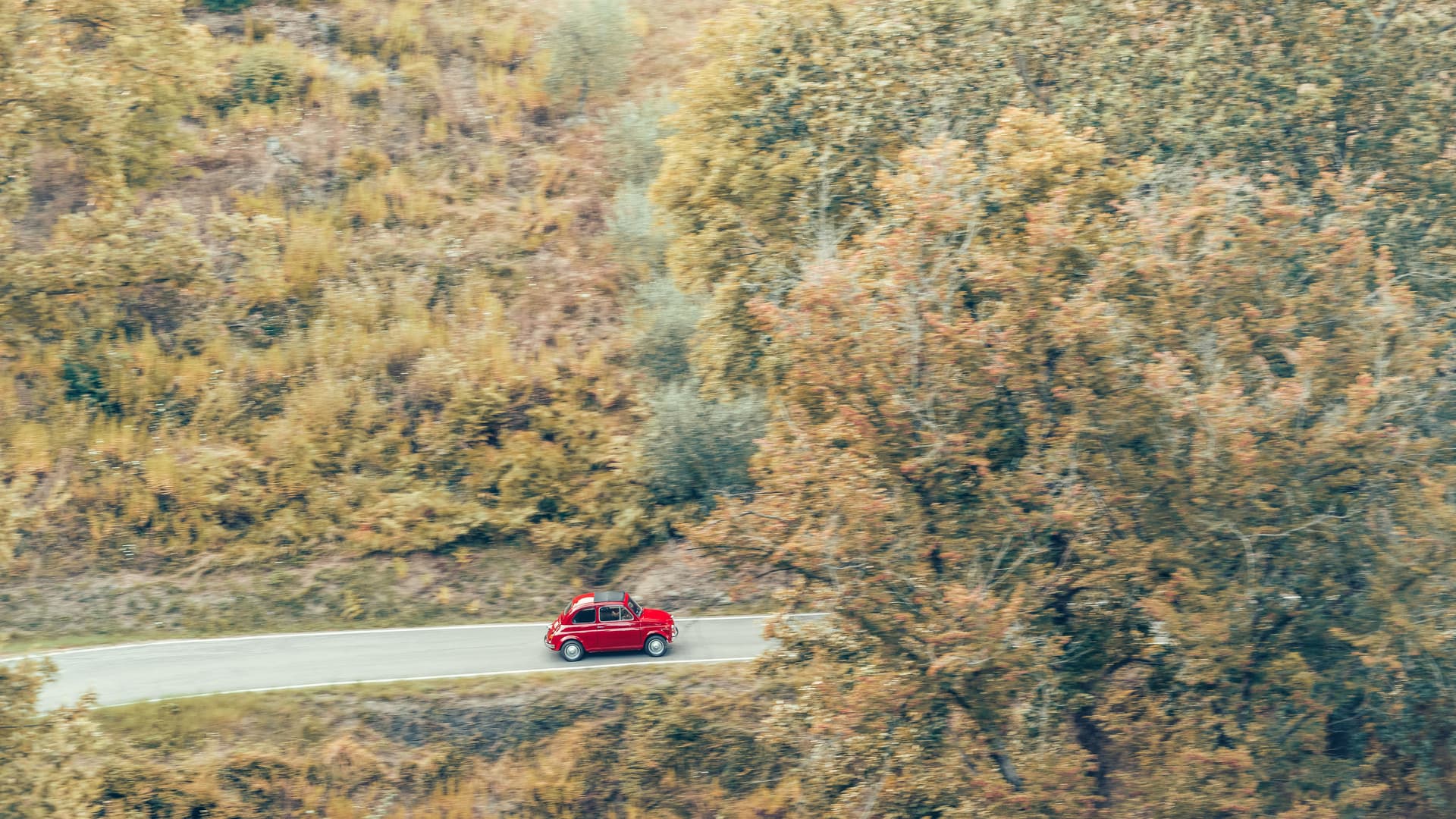

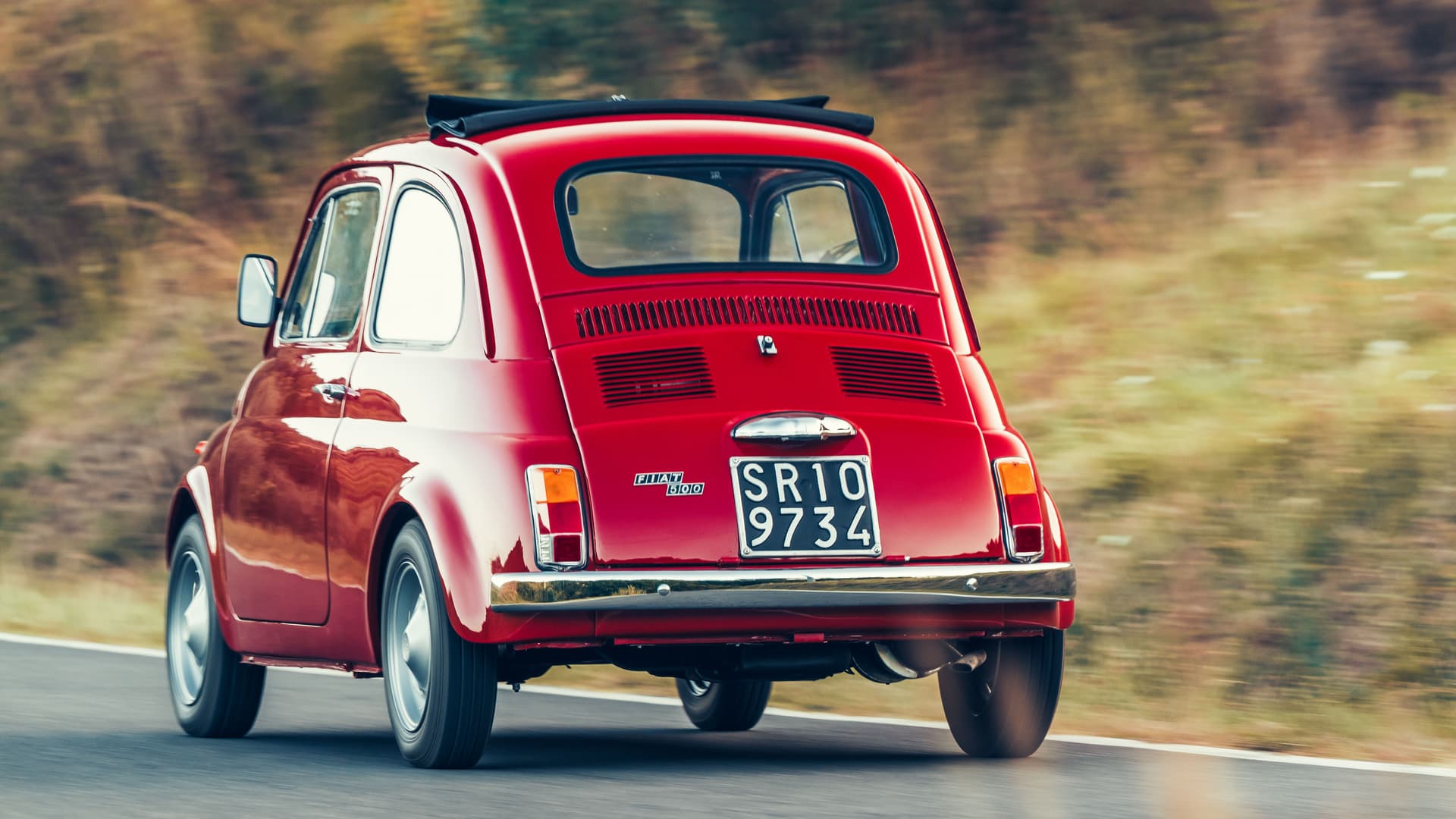
A few more wrong turns and - look, we’re outside the glorious Chiesa di San Michele in Foro! - another historic church that dates back to the 1100s. The 500’s been raring this whole time and hasn’t missed a beat: no issues at all from either the 594cc engine (this one’s an R and so gets a marginally bigger unit), nor gearbox, nor general construction.
A prime time to pull over for a breather. Because there’s no air con, so the cabin is a little… toasty.
Turns out the 500 gets a free pass. We’re not really allowed to be here, but the local law enforcement don’t seem to mind. Nor do the stream of tourists queuing up to take pics alongside it.
Because despite Fiat selling millions of these, today they’re becoming increasingly harder to find and thus a rare sight. Even in Italy. Which makes preserving it, just like the Roman fortification we’re lost inside, all the more important.
“Ten years ago these things used to be all over the place,” Peacock said. “Five years ago, still not too bad, but now, a lot less. In another five years’ time, who knows? That’s the special part about keeping these cars alive – we’re keeping the tradition alive, too.”
The small cobblestoned city of Lucca in central Italy, then, will soon boast some of the oldest and best-preserved cinquecentos. Just as long as we can get out of this bloody maze.
STORY Vijay Pattni







